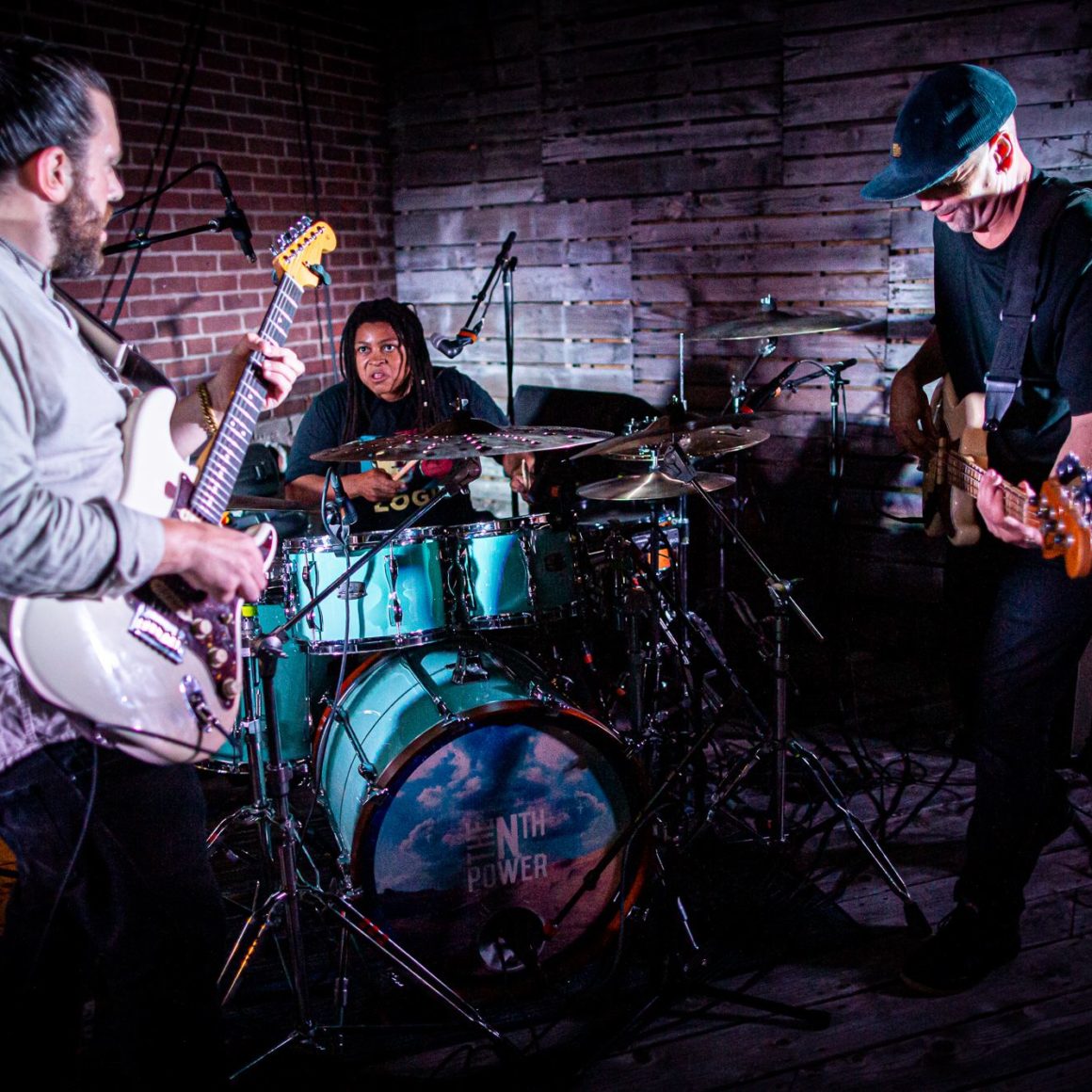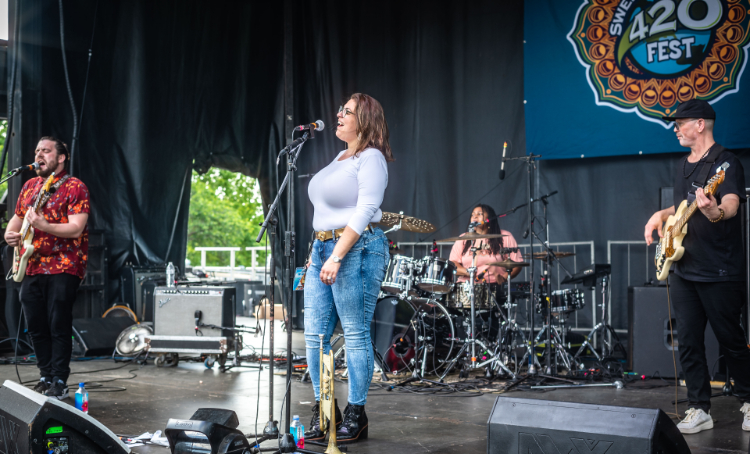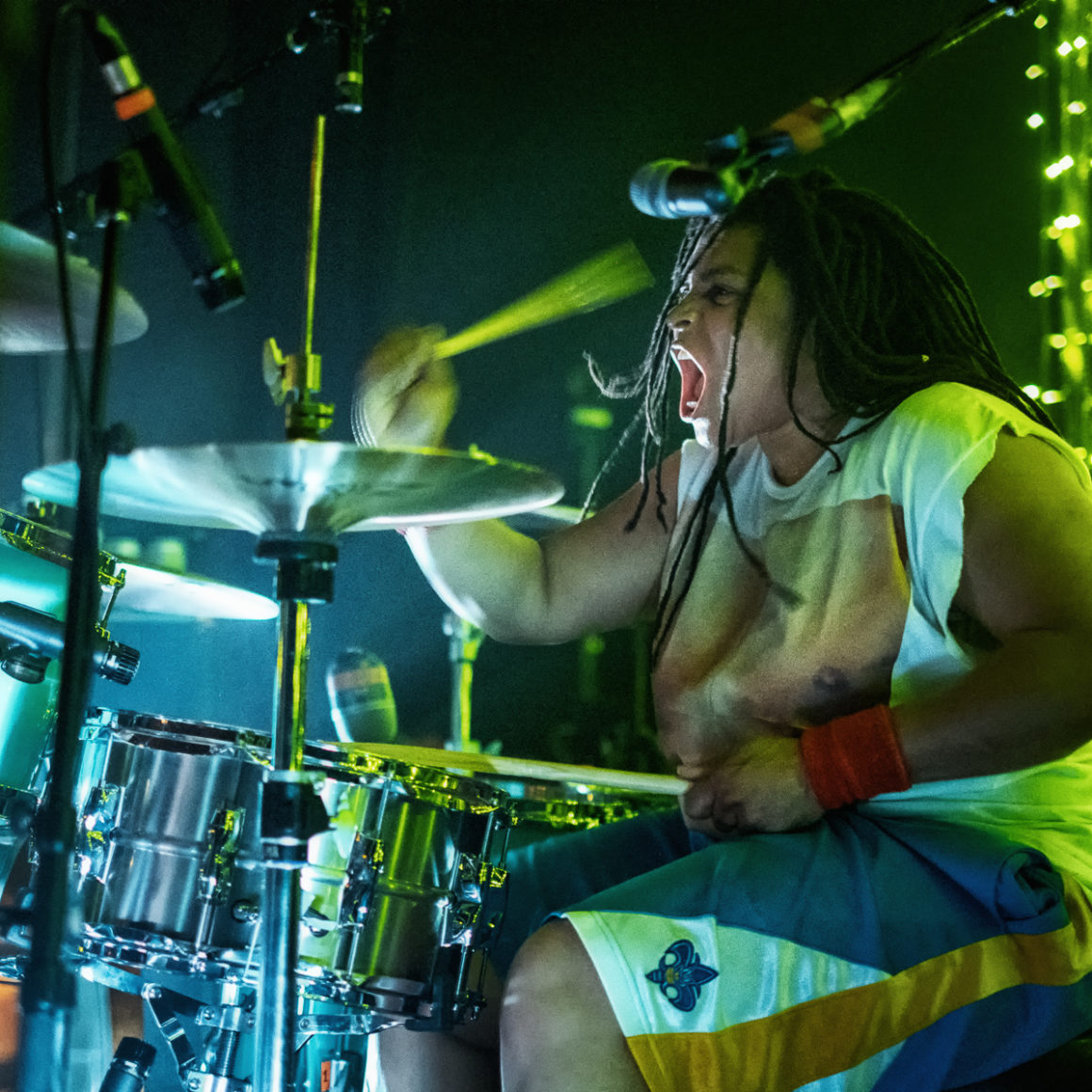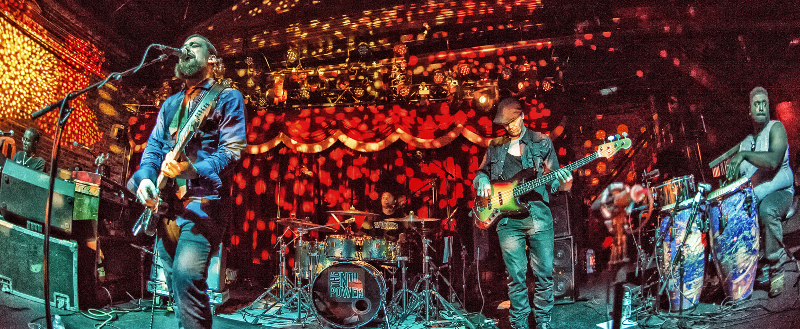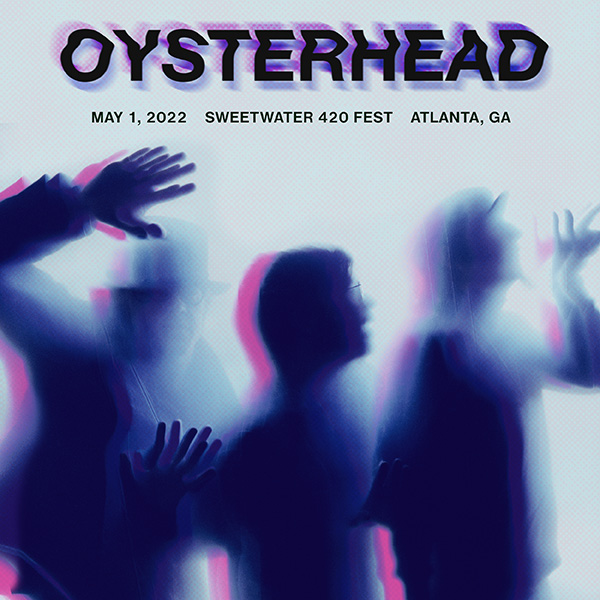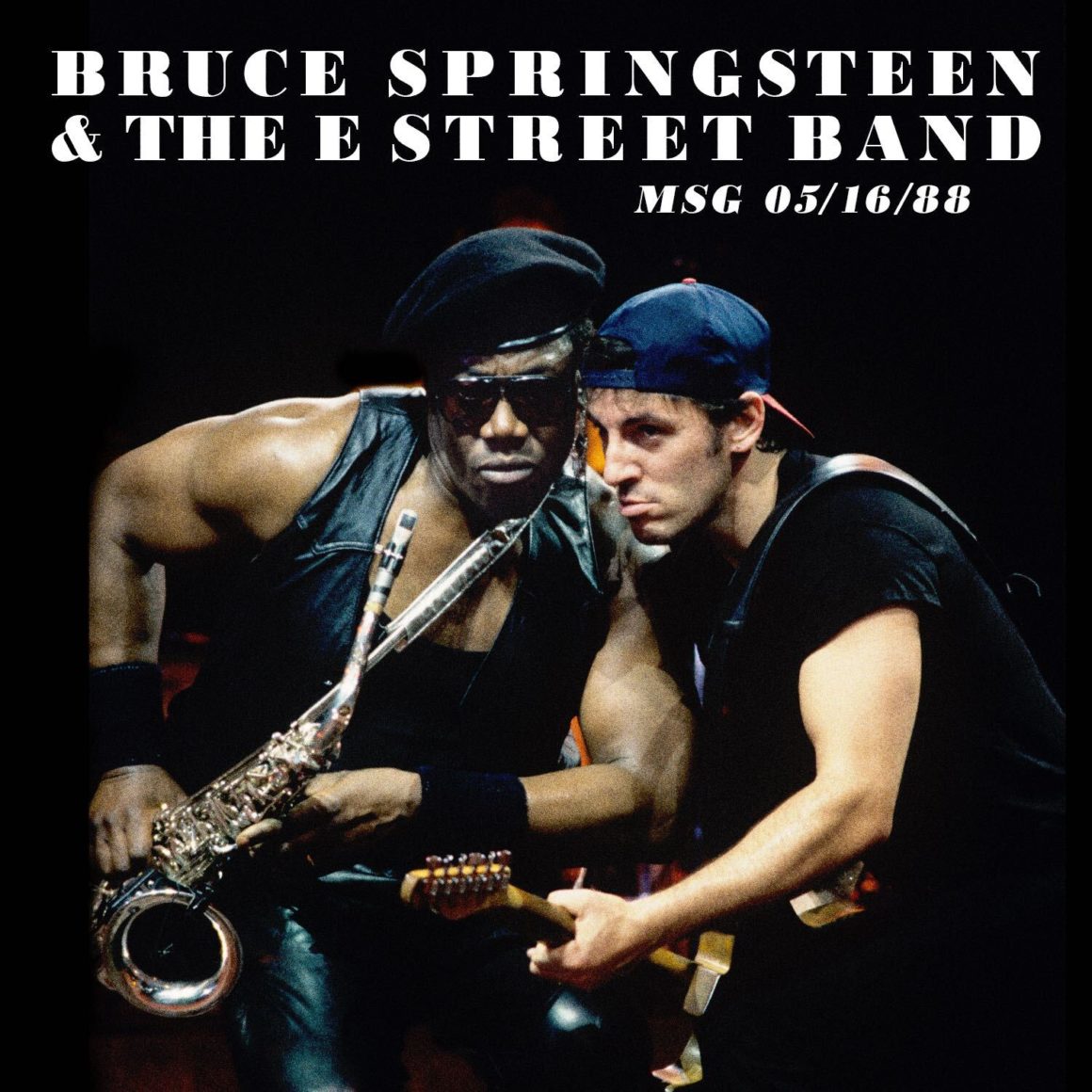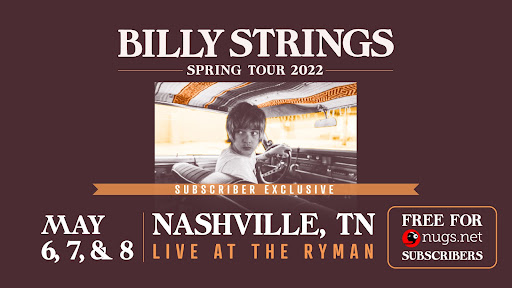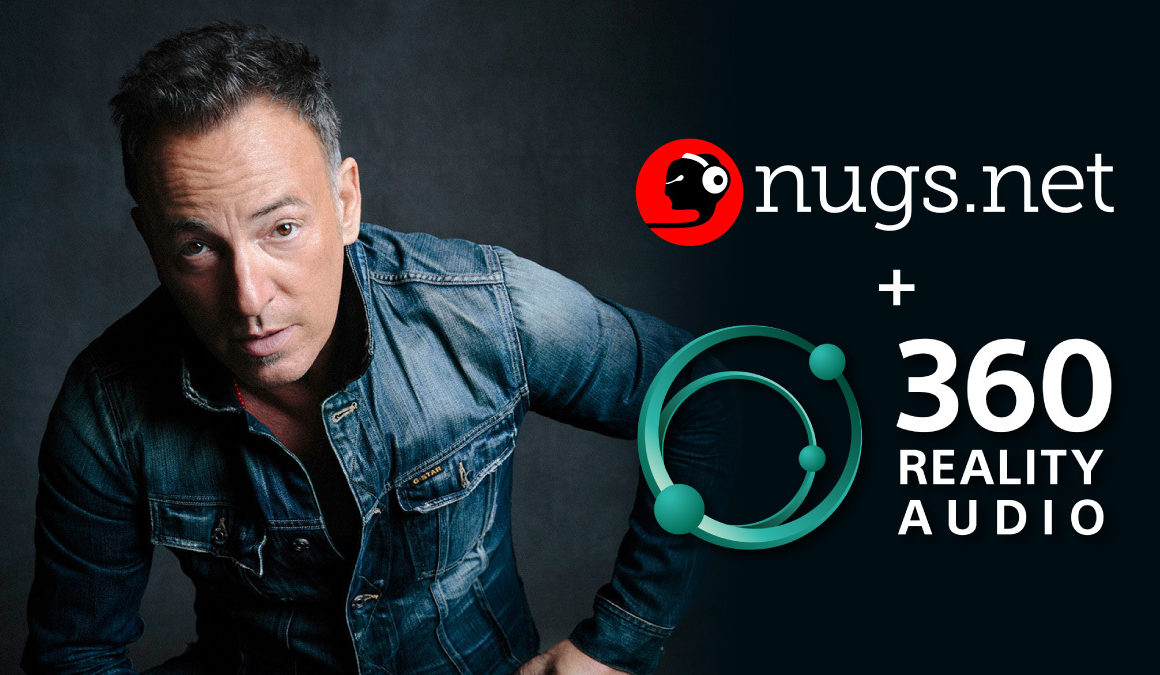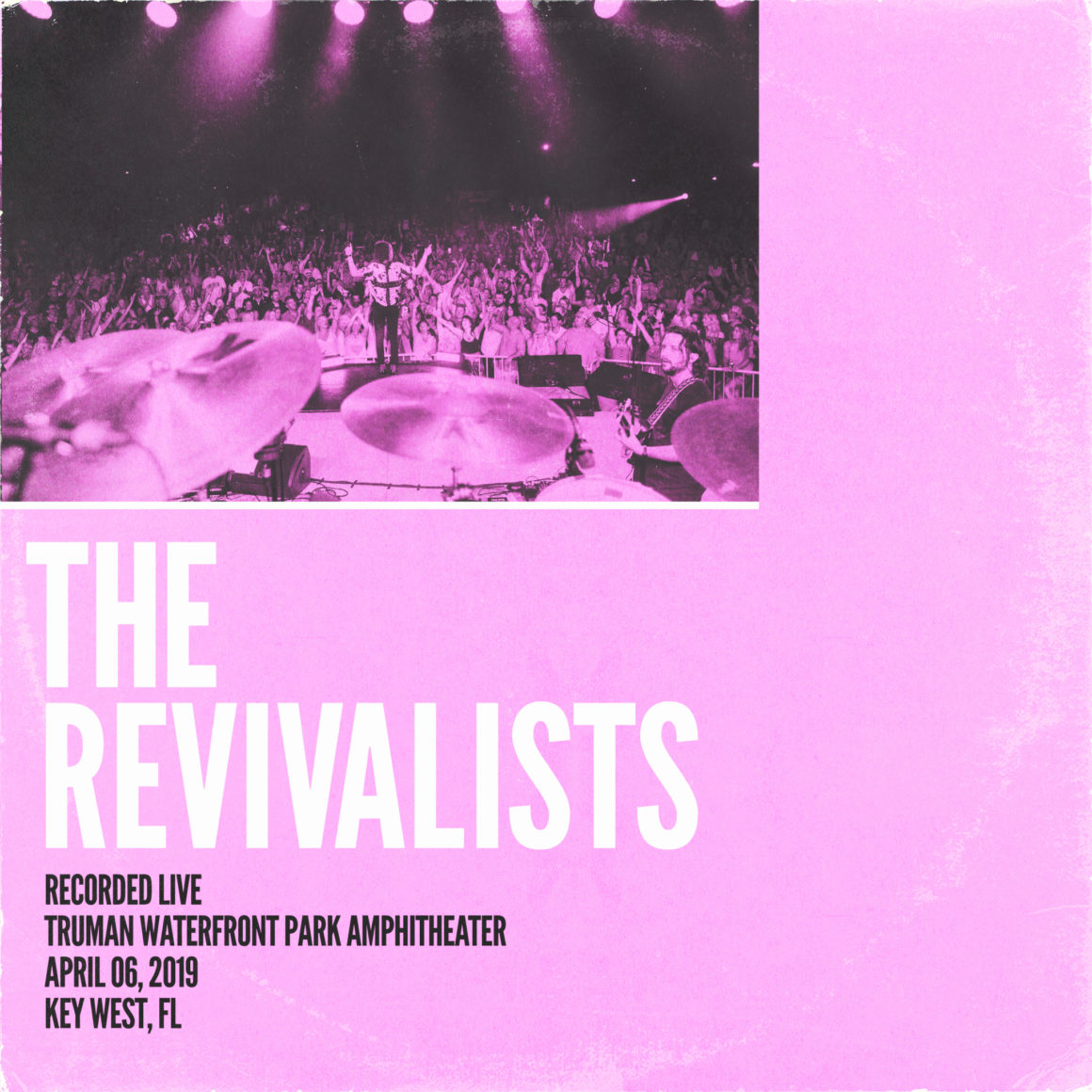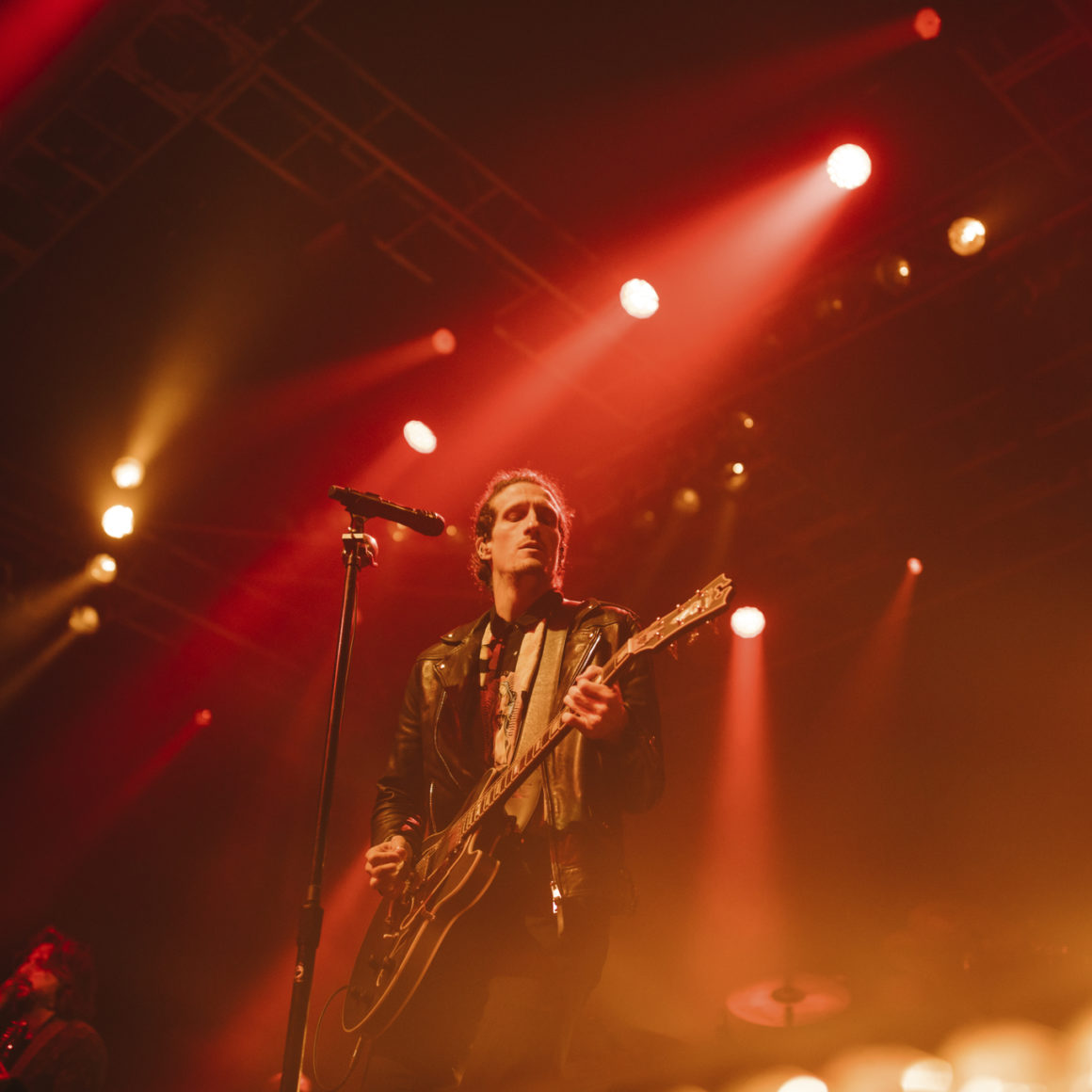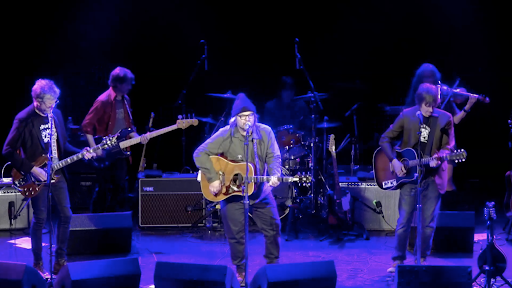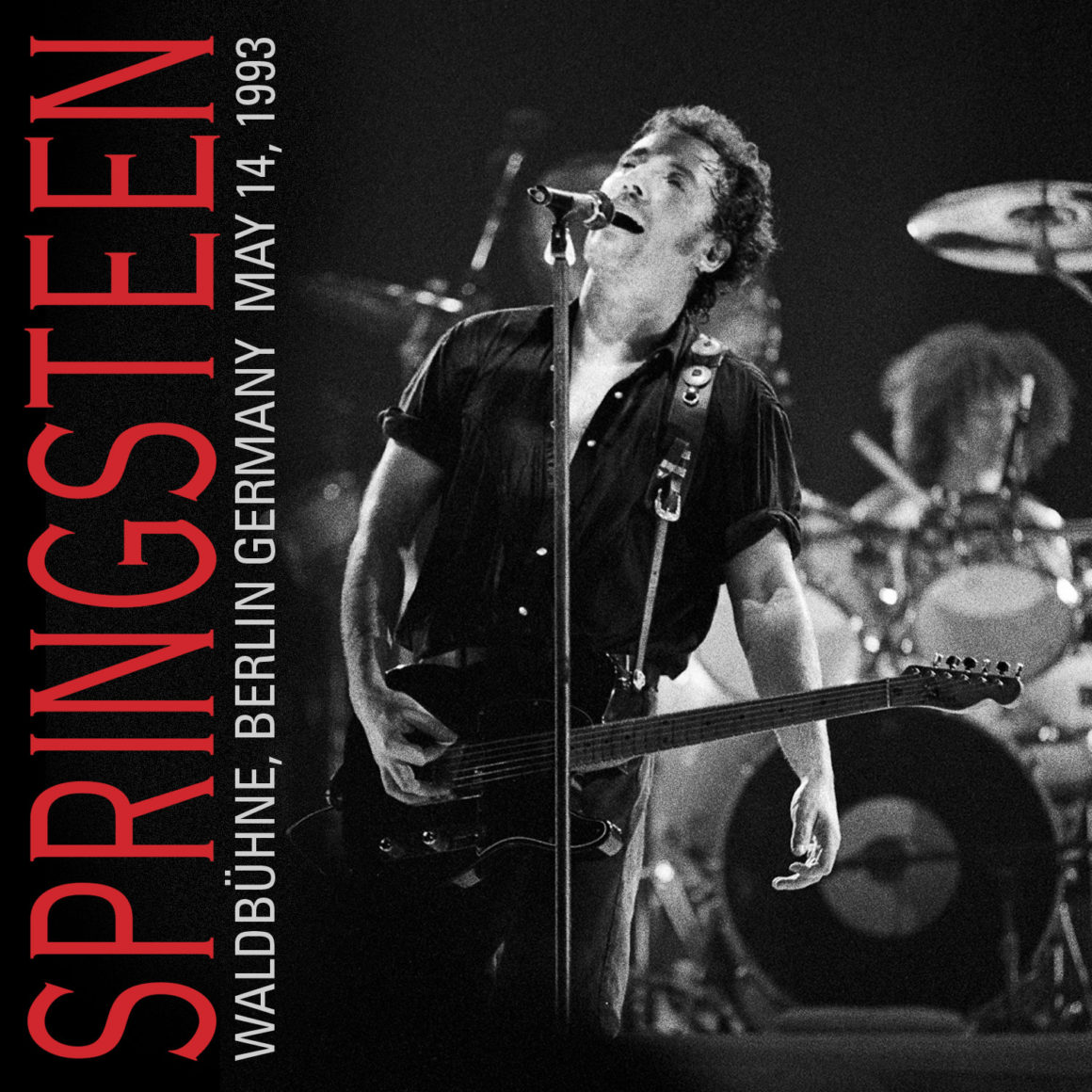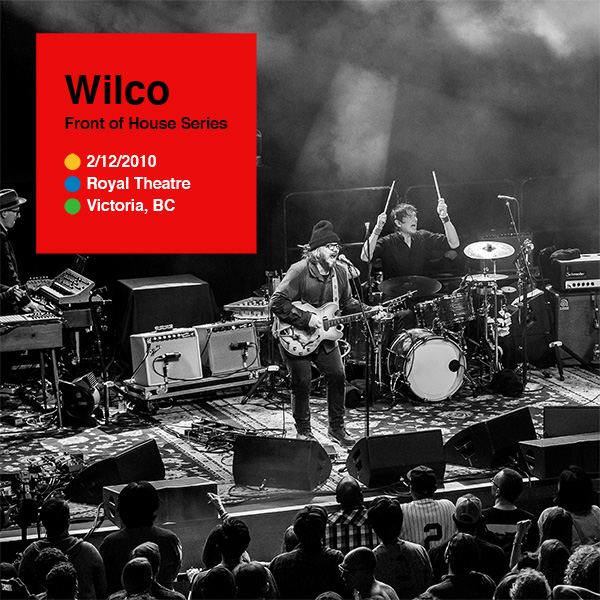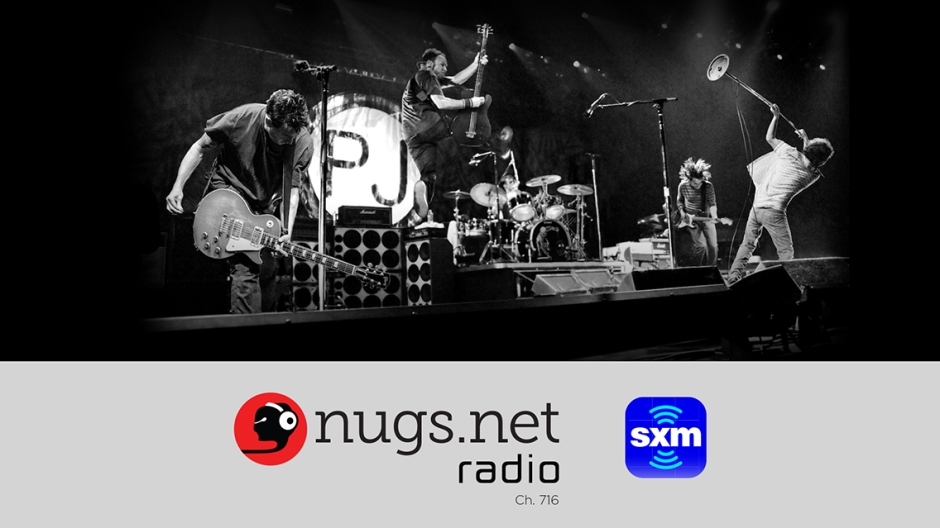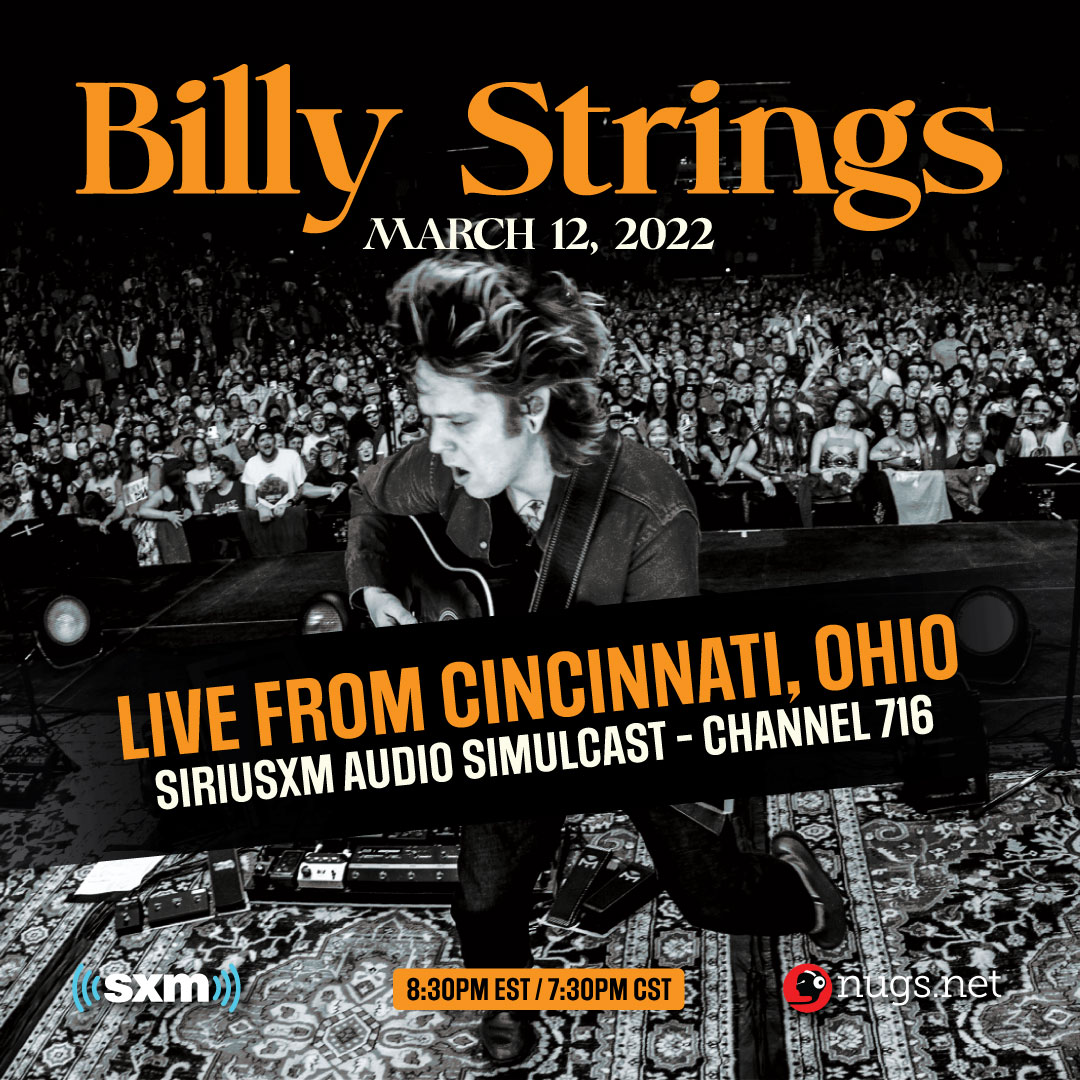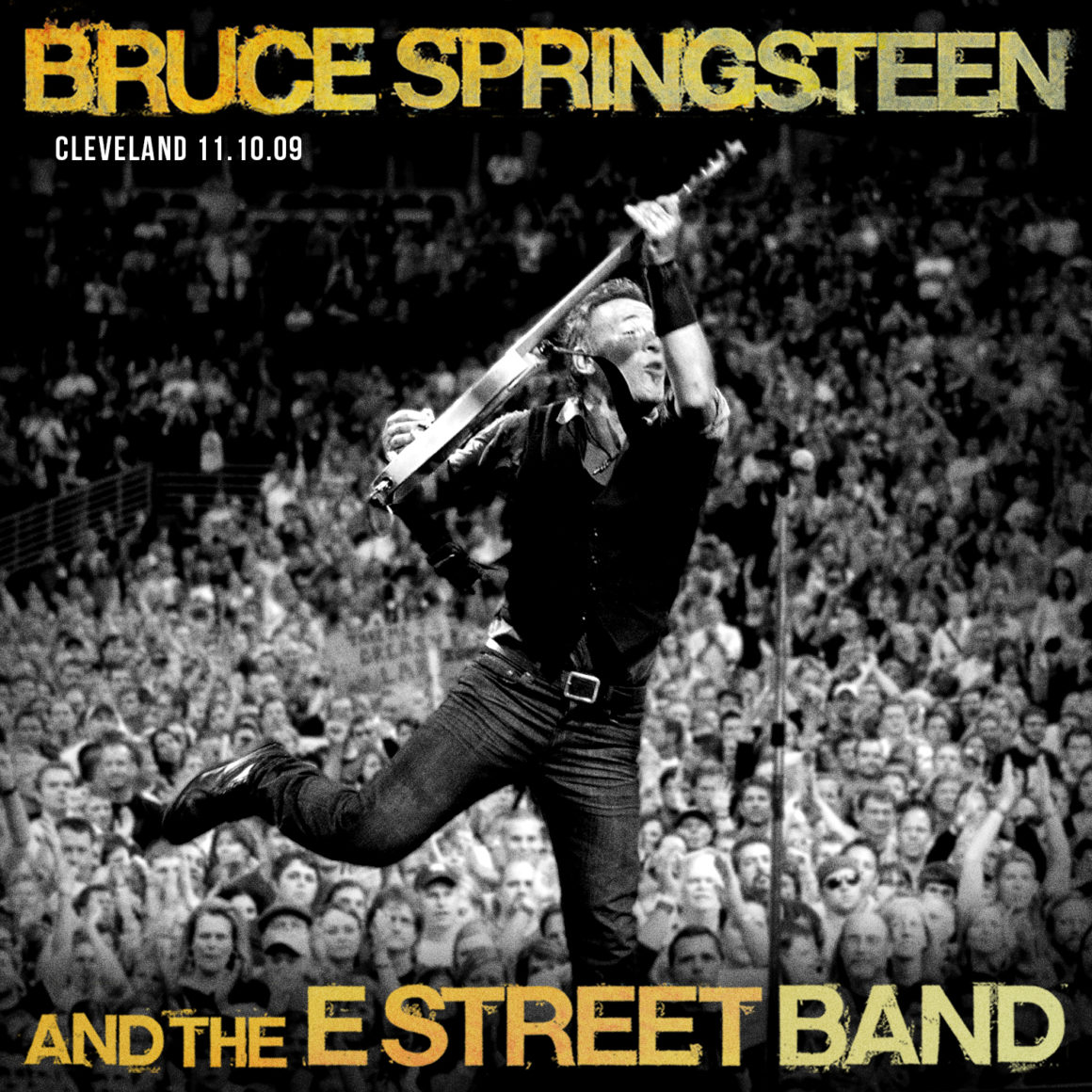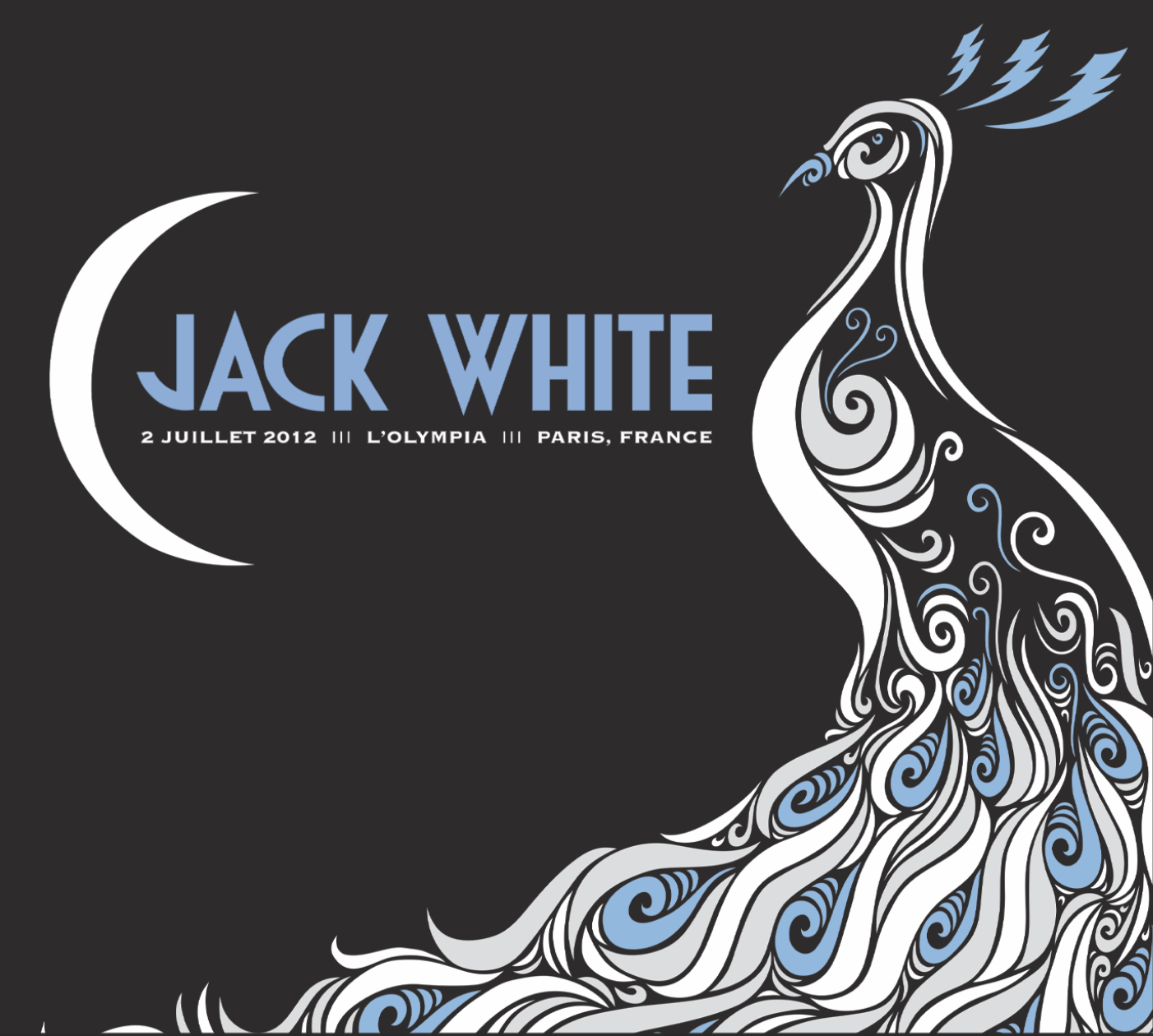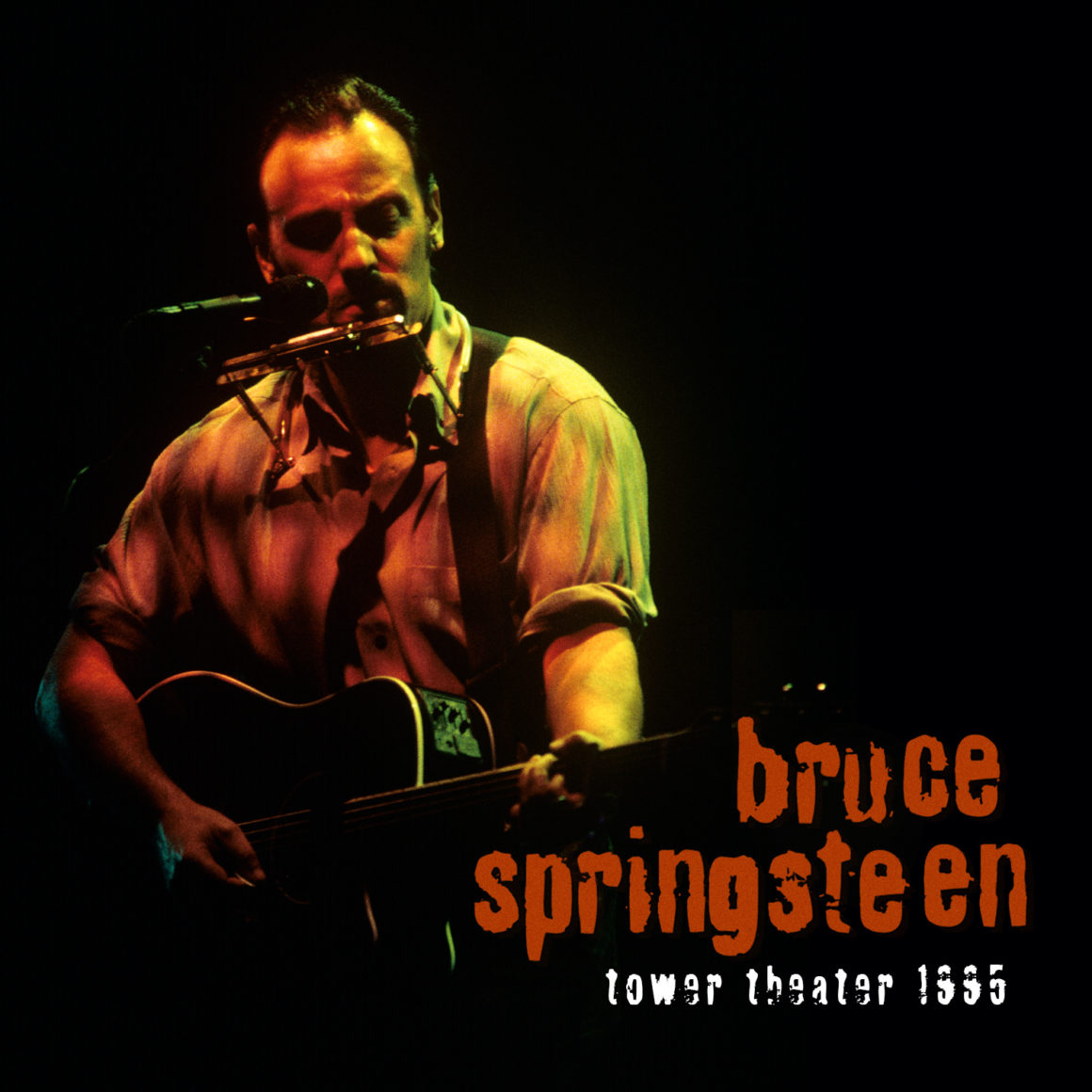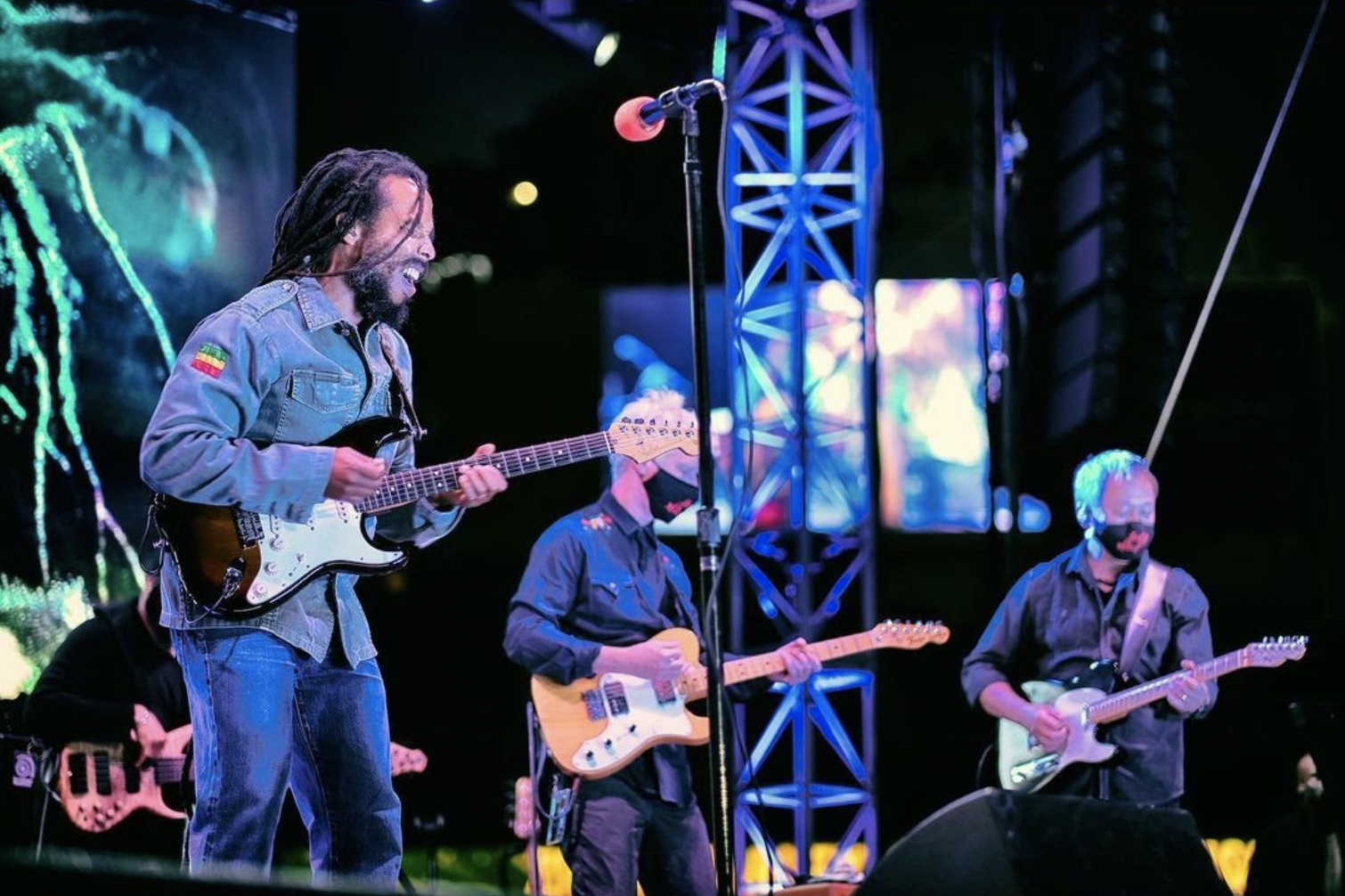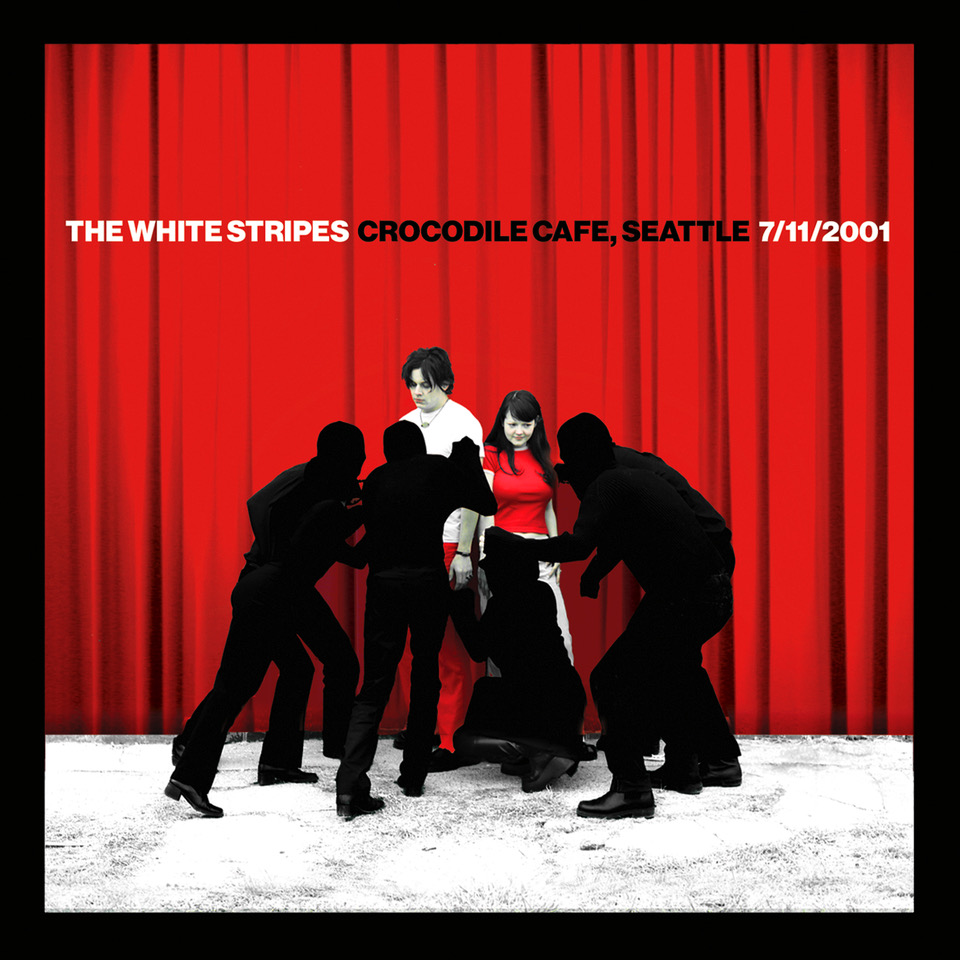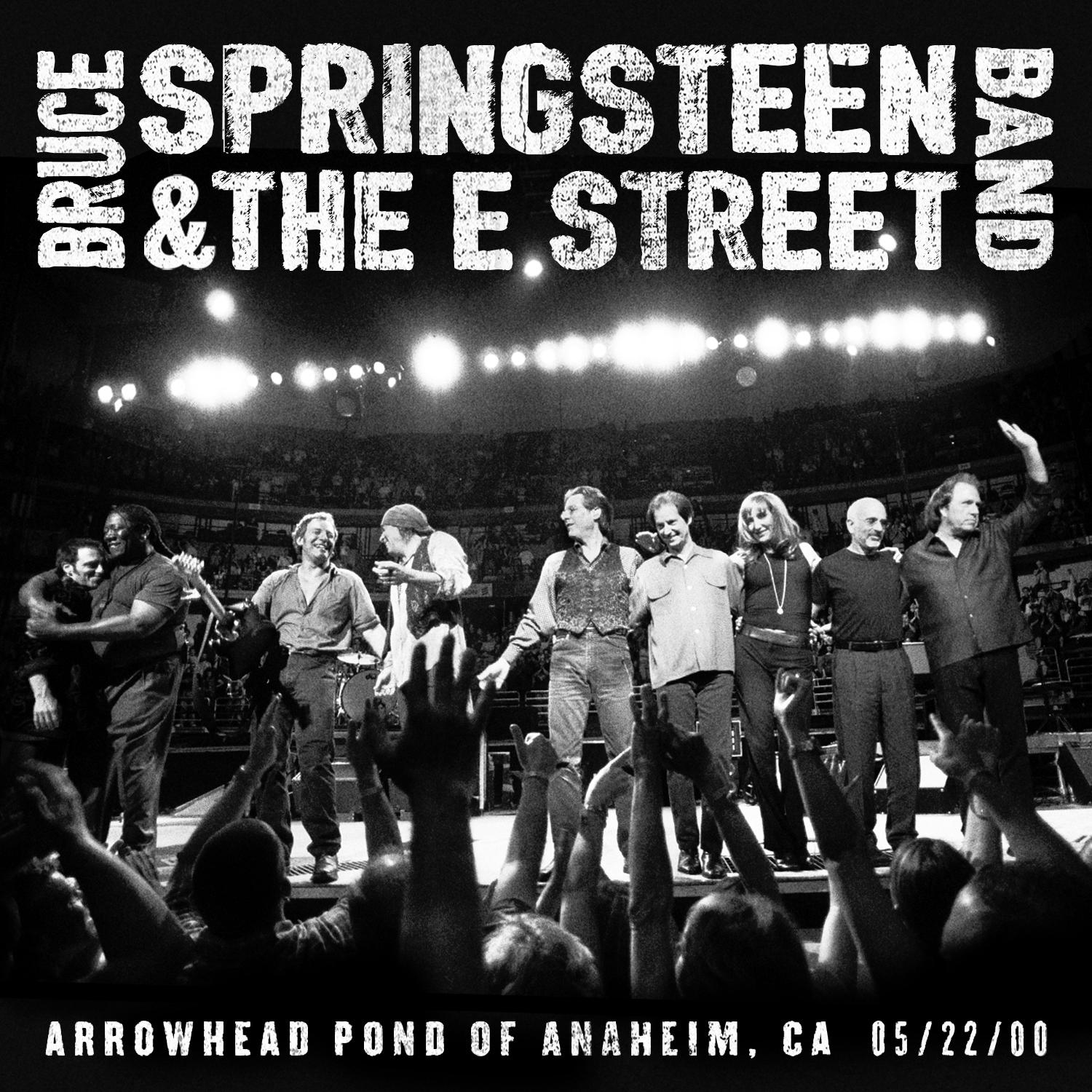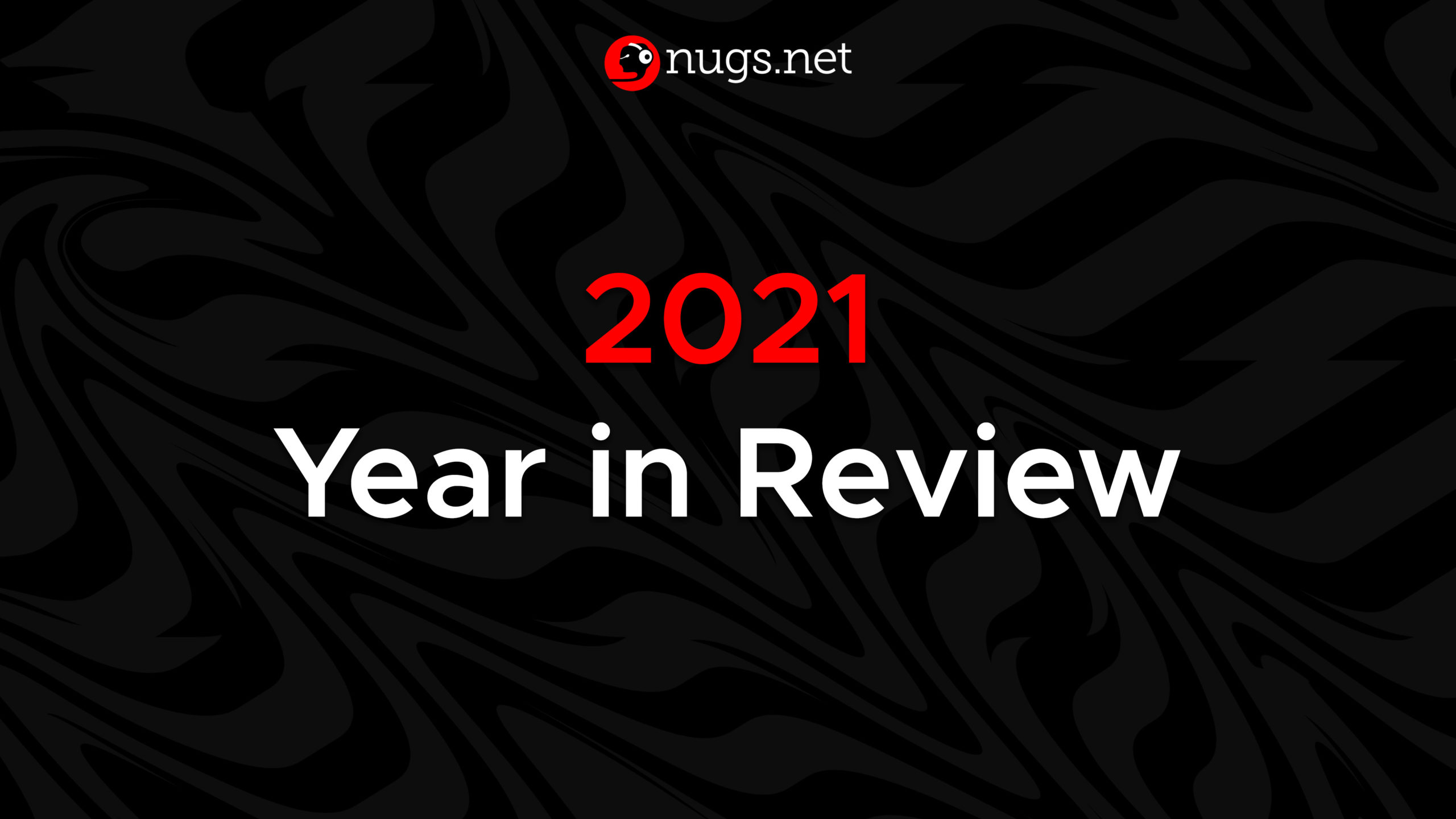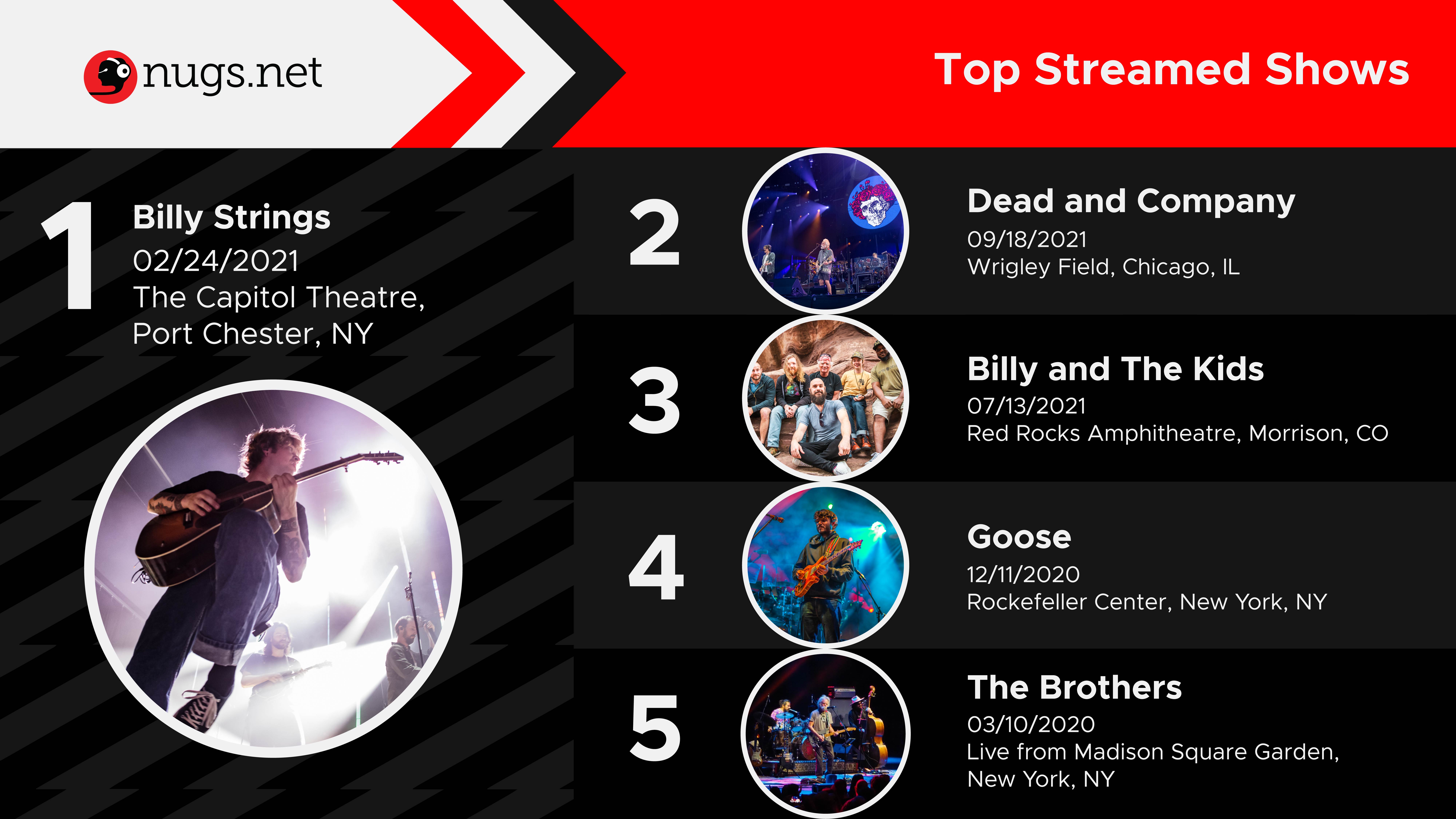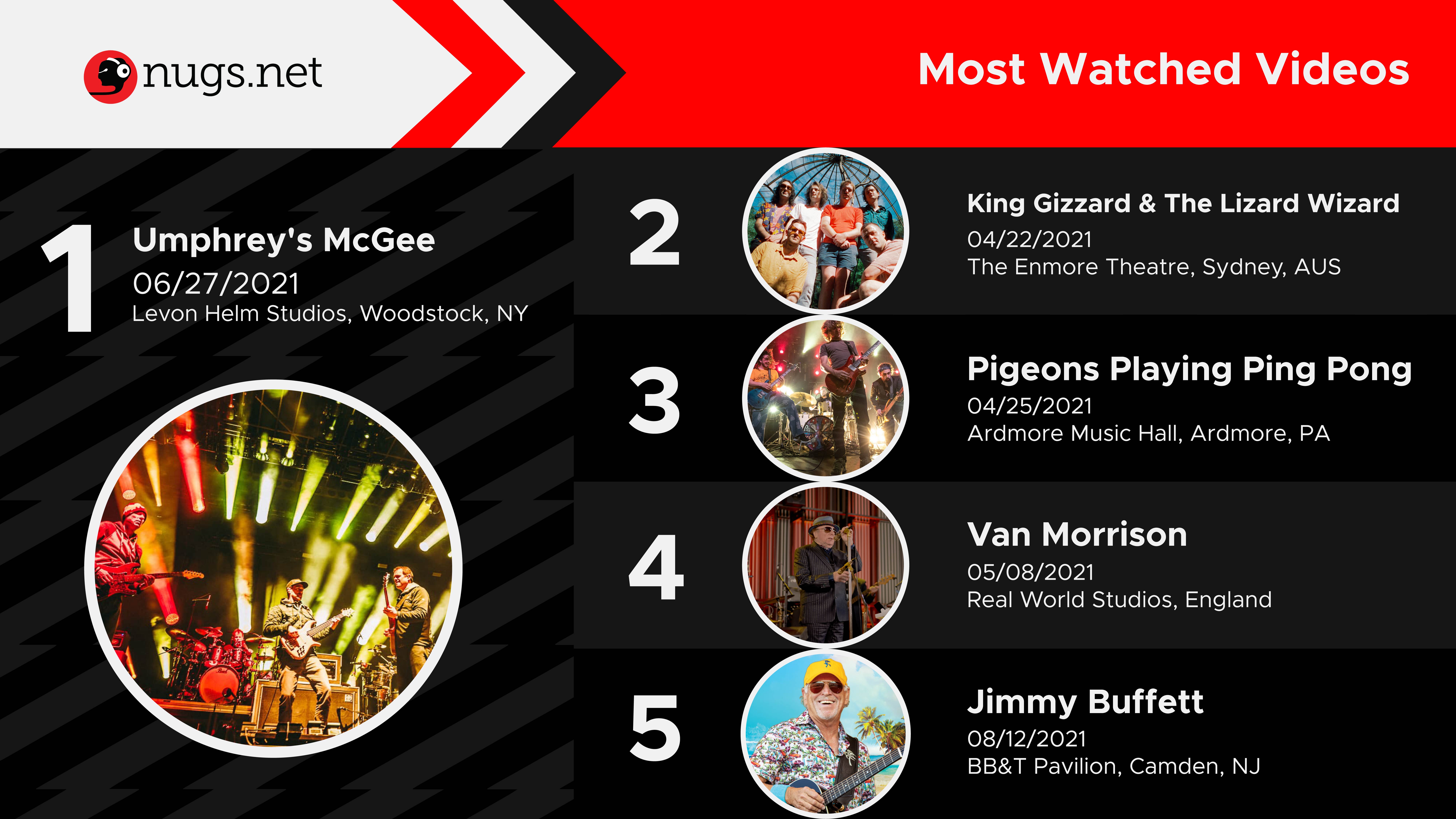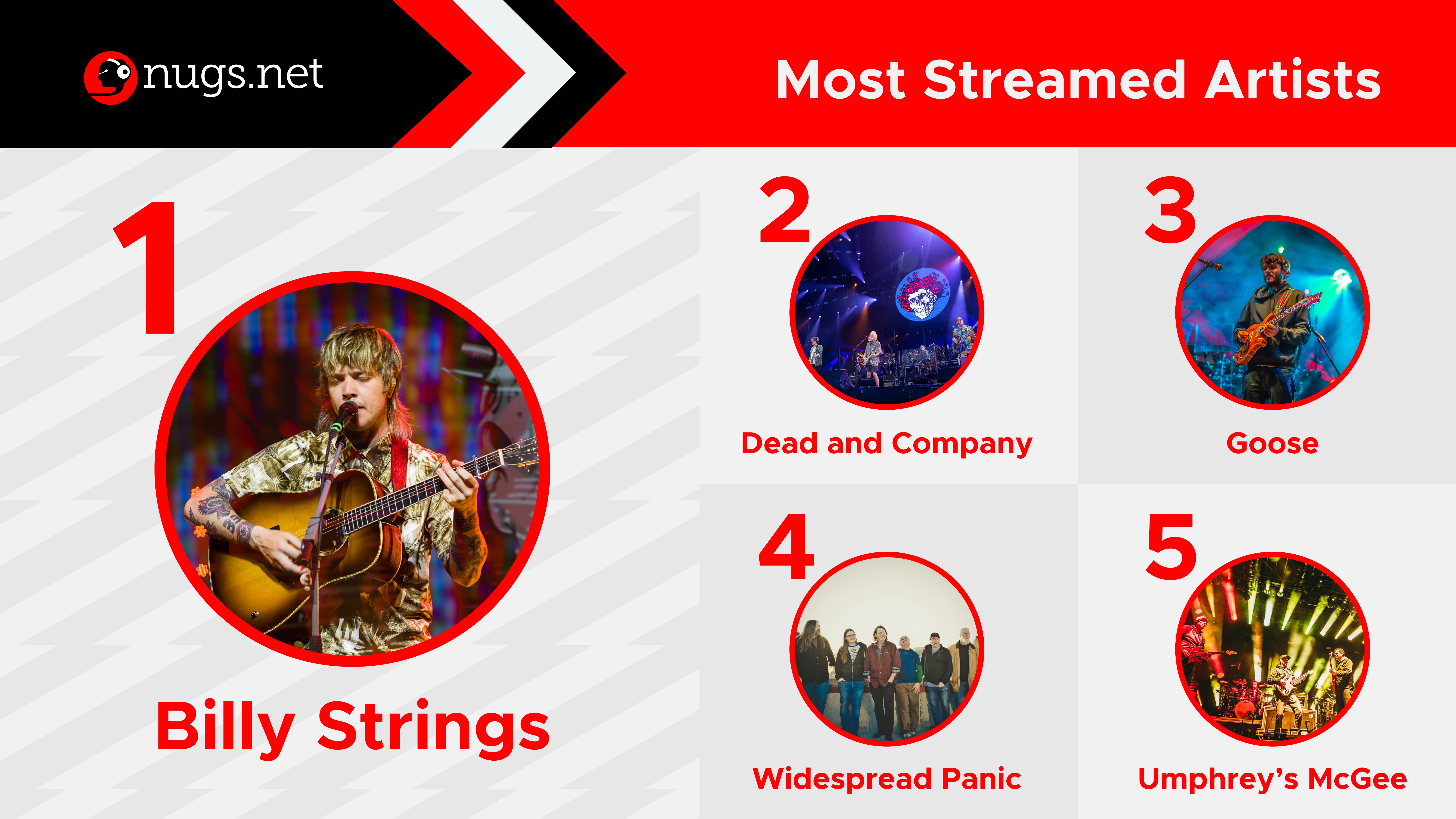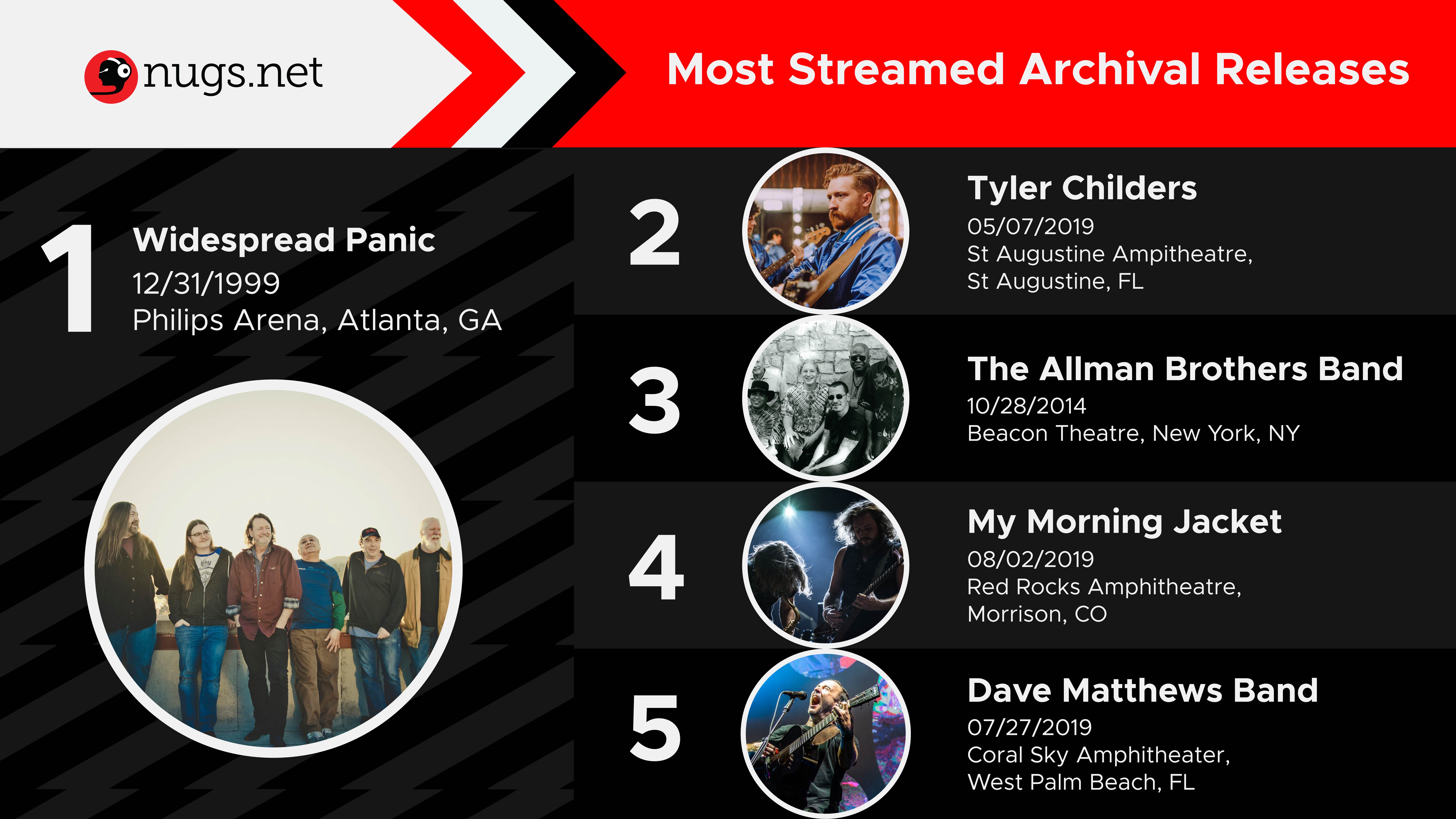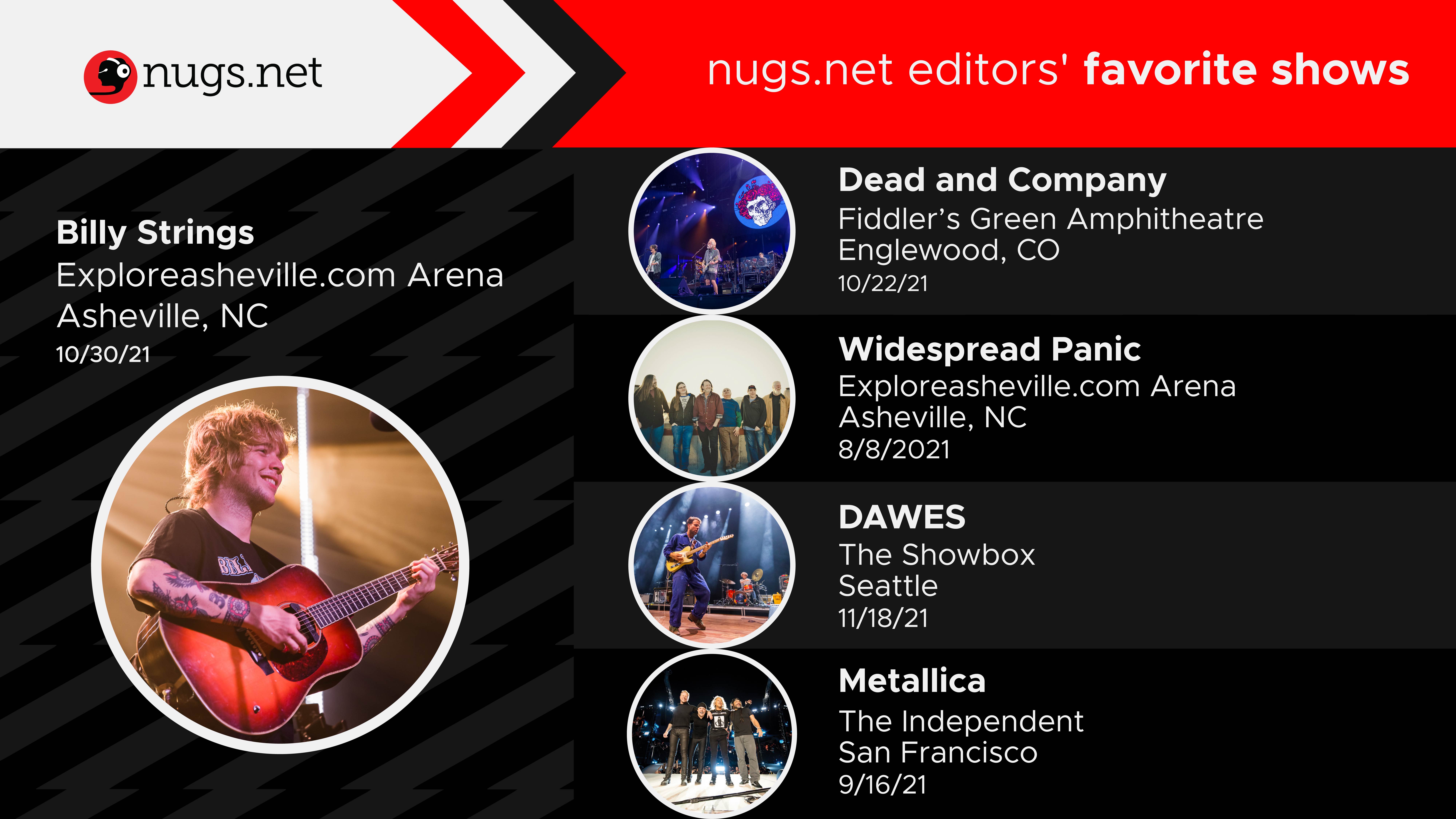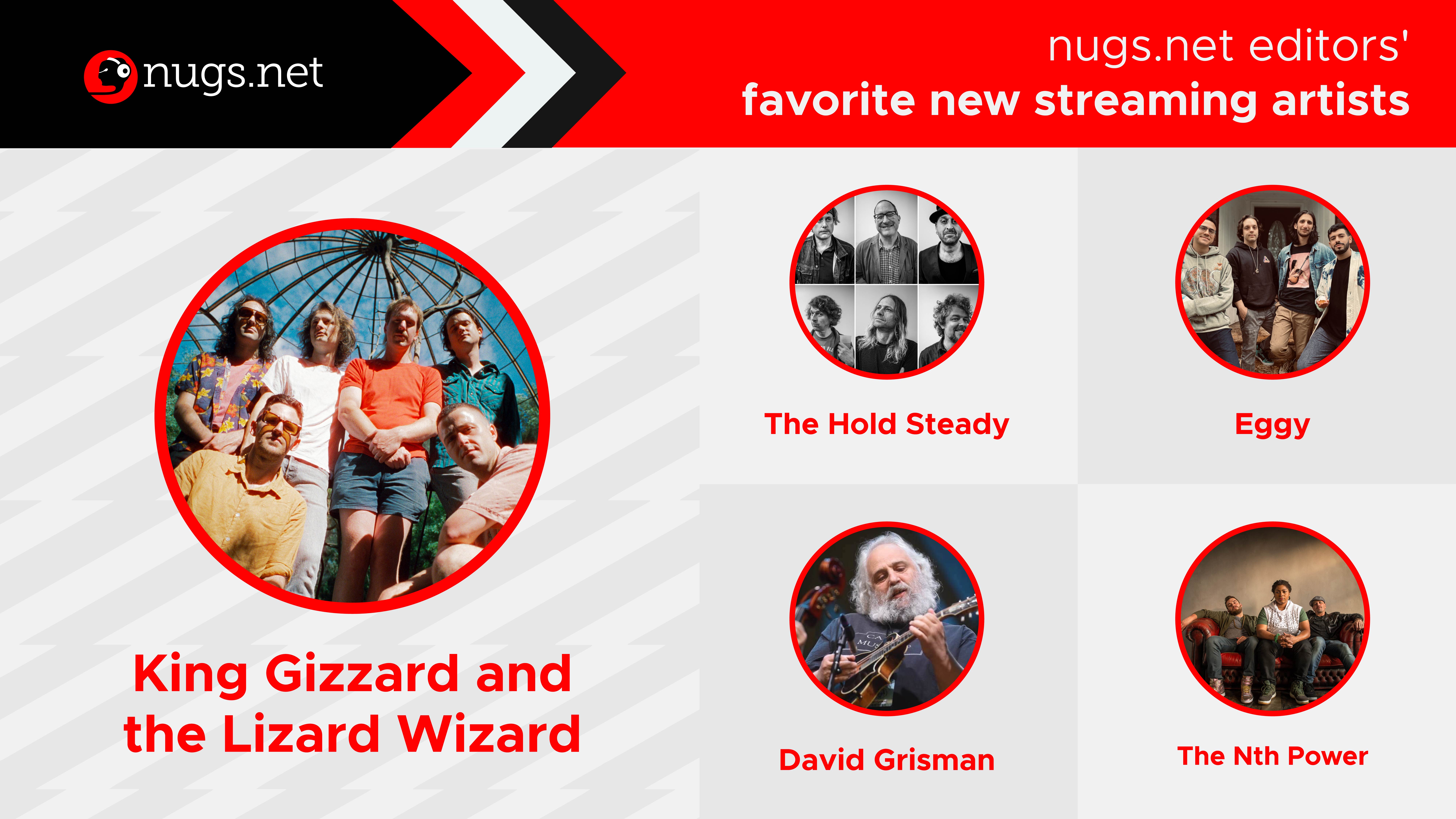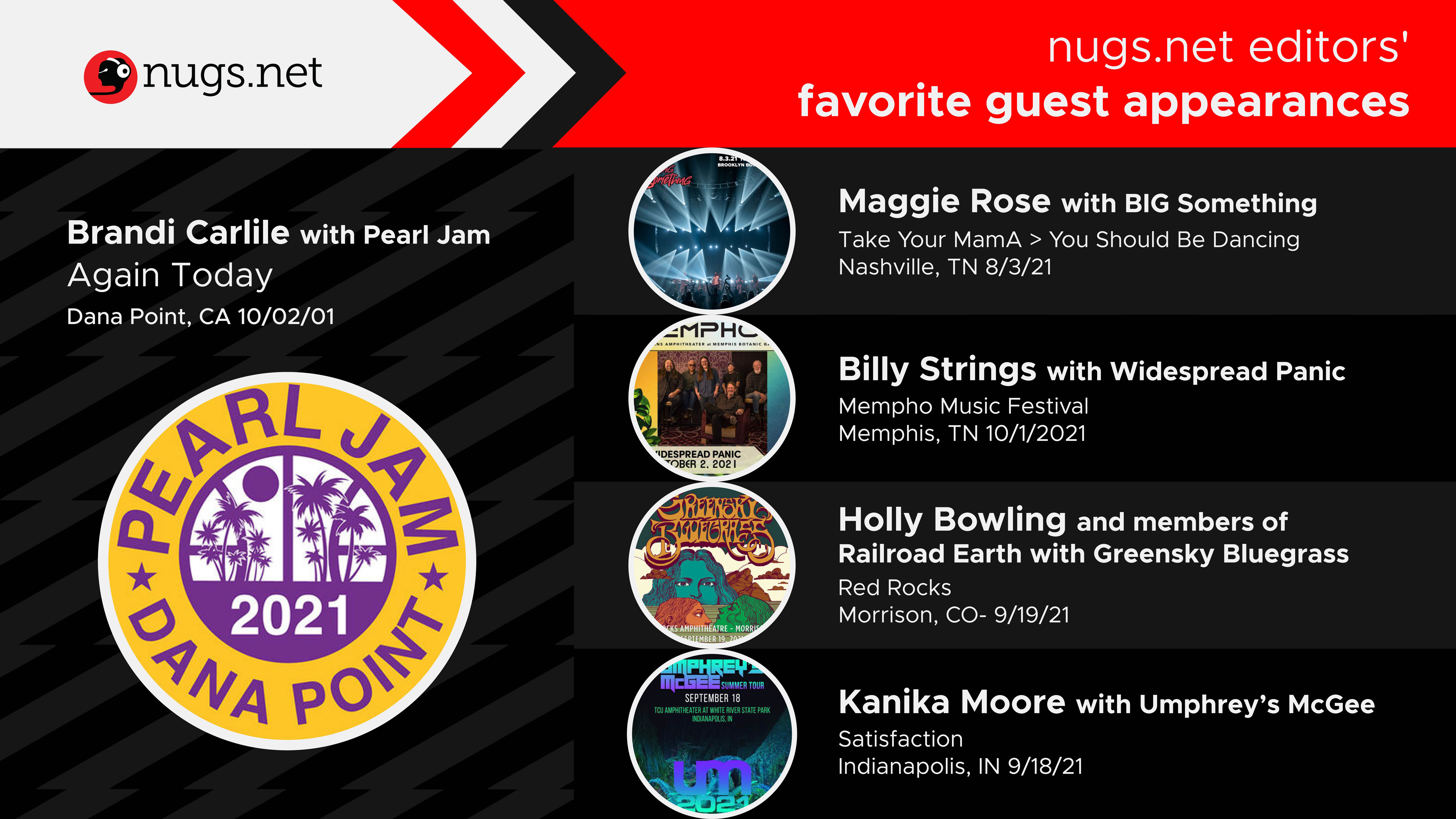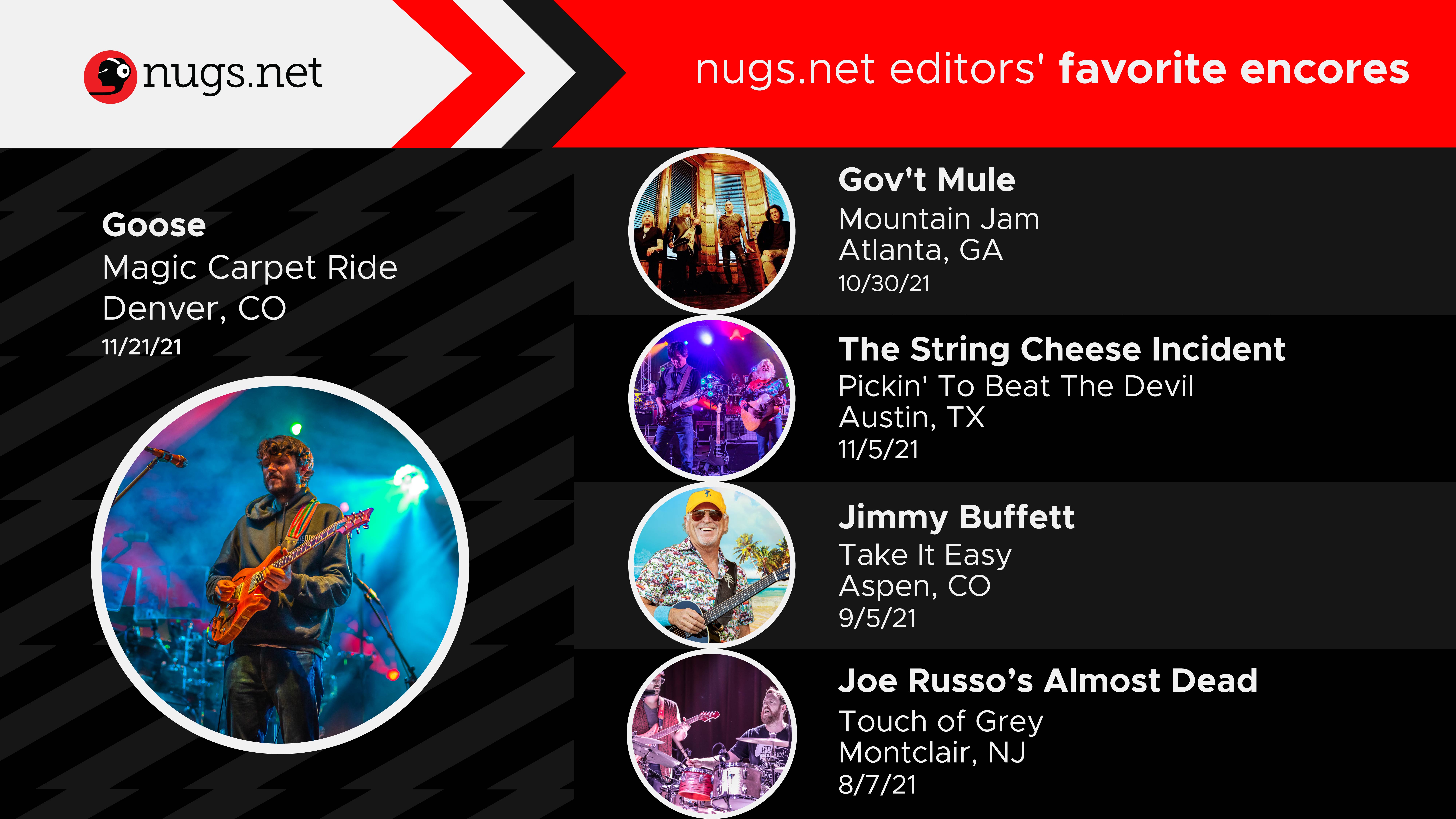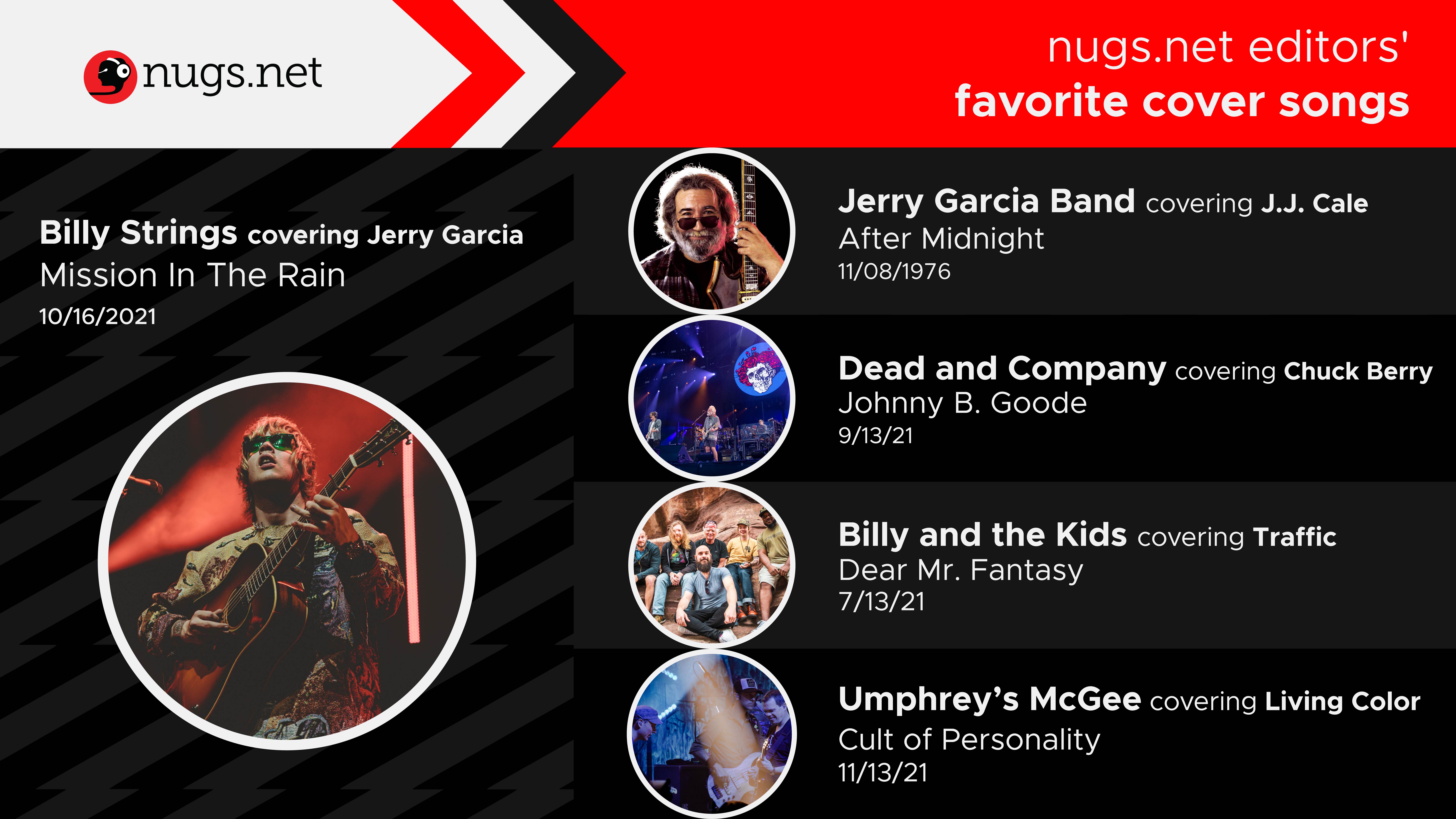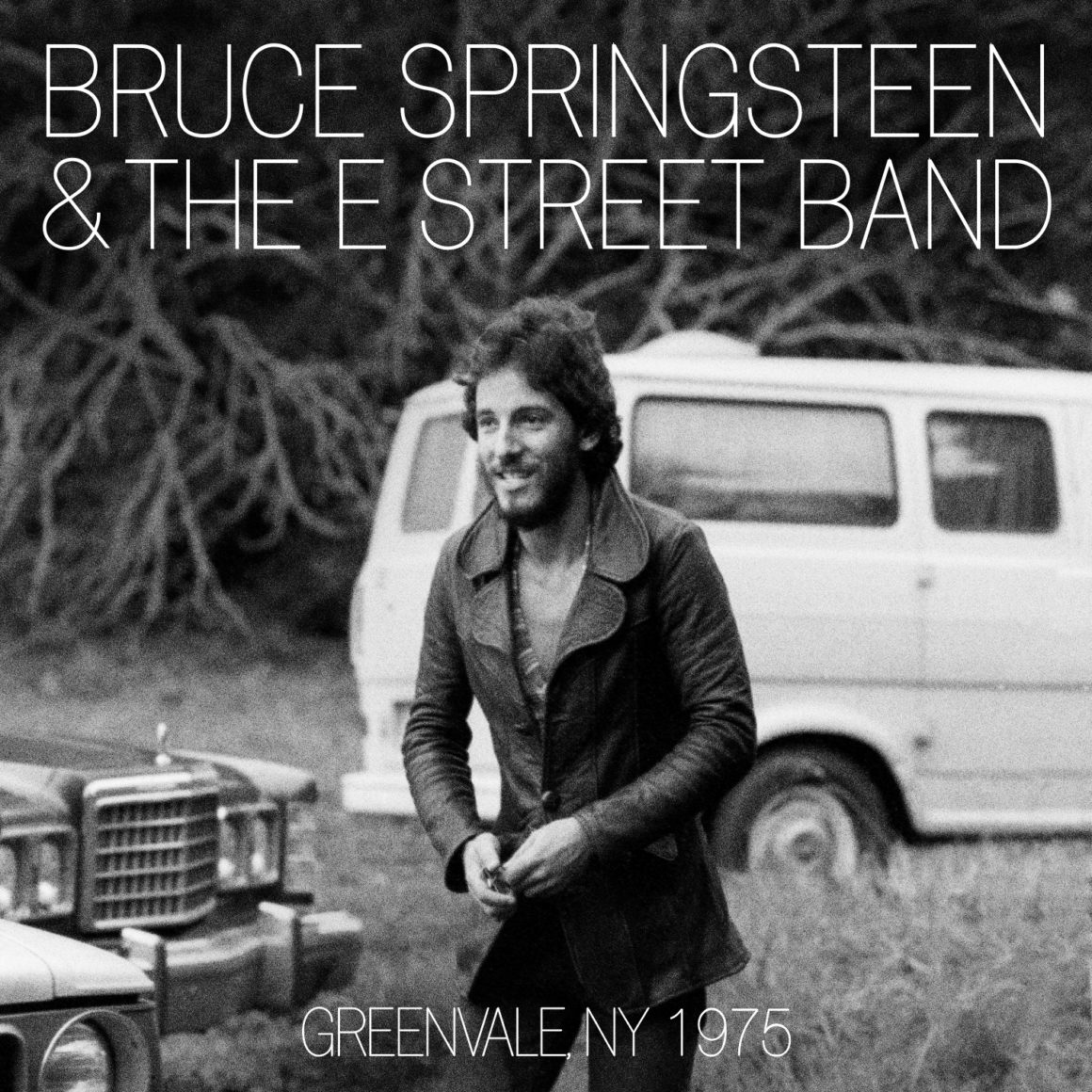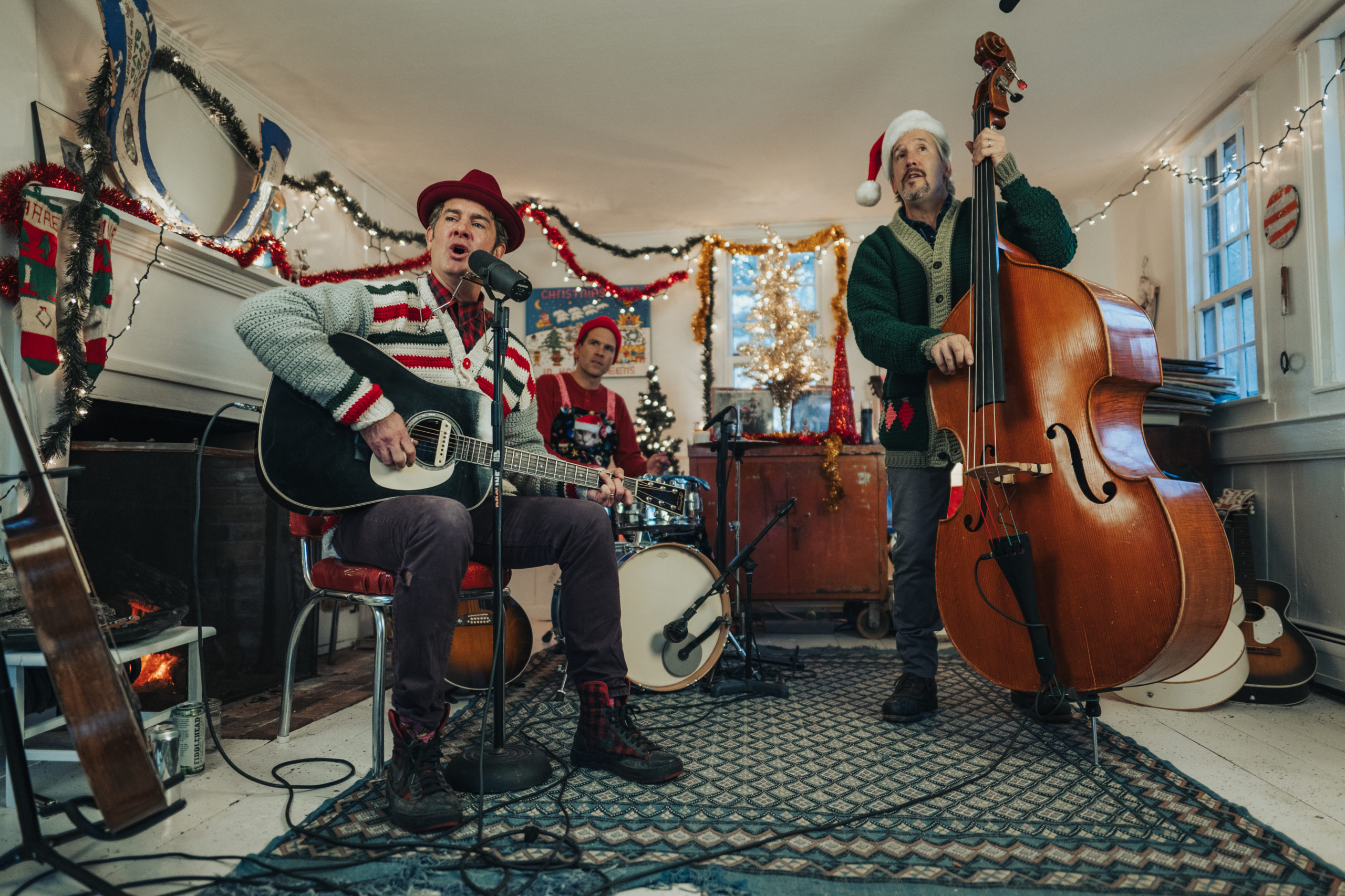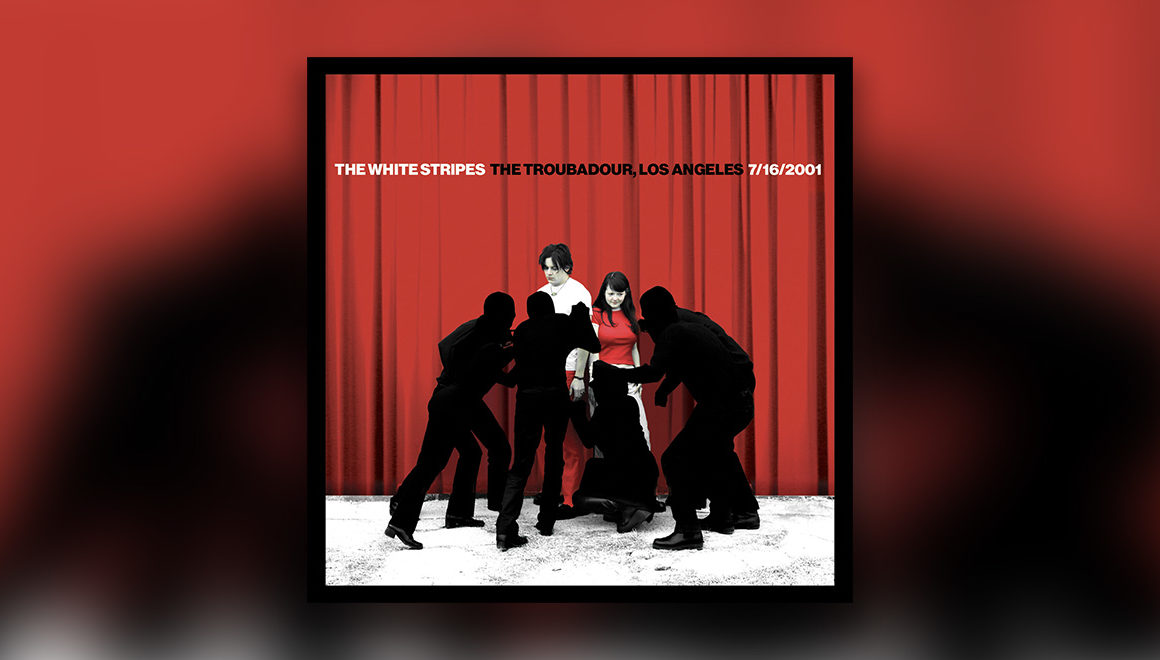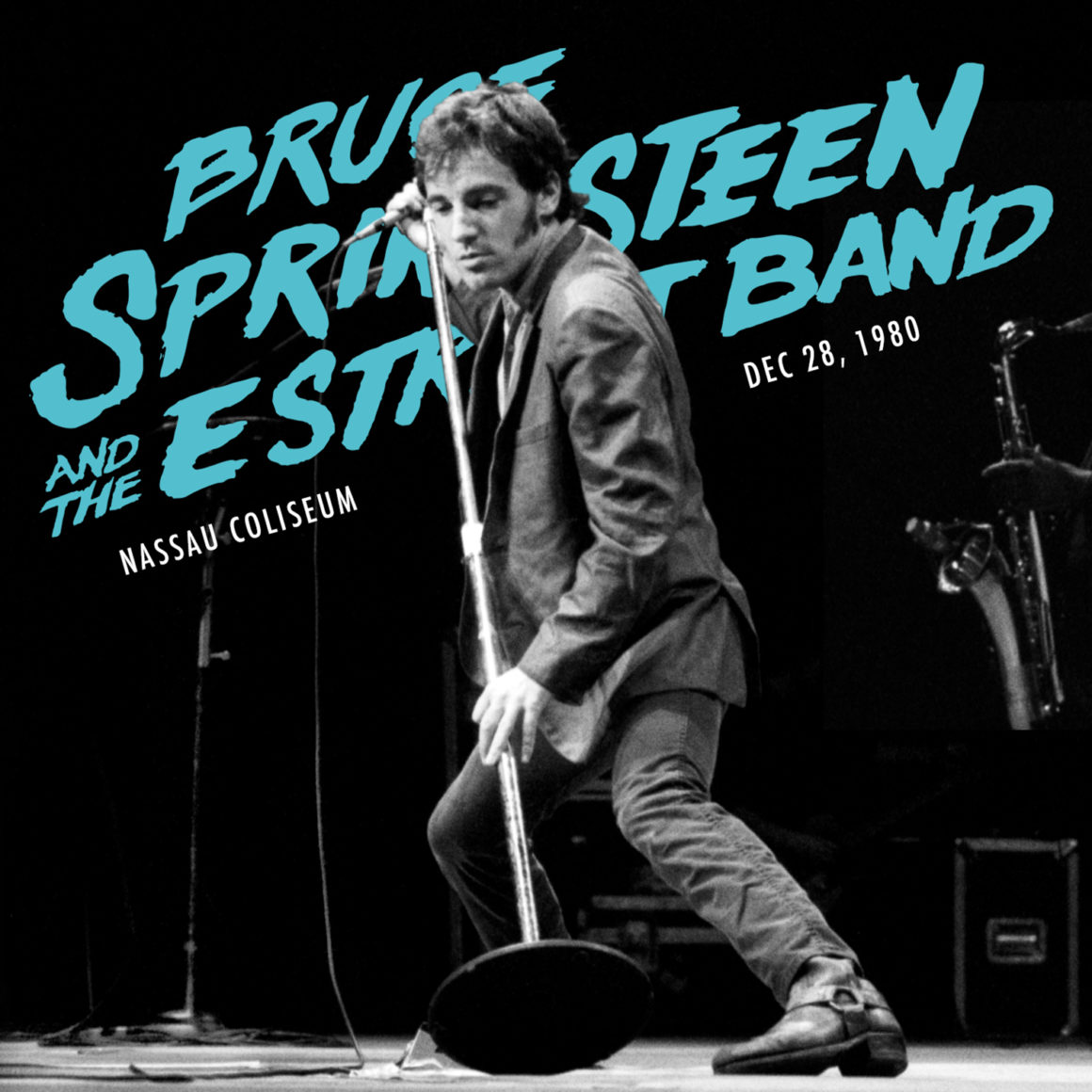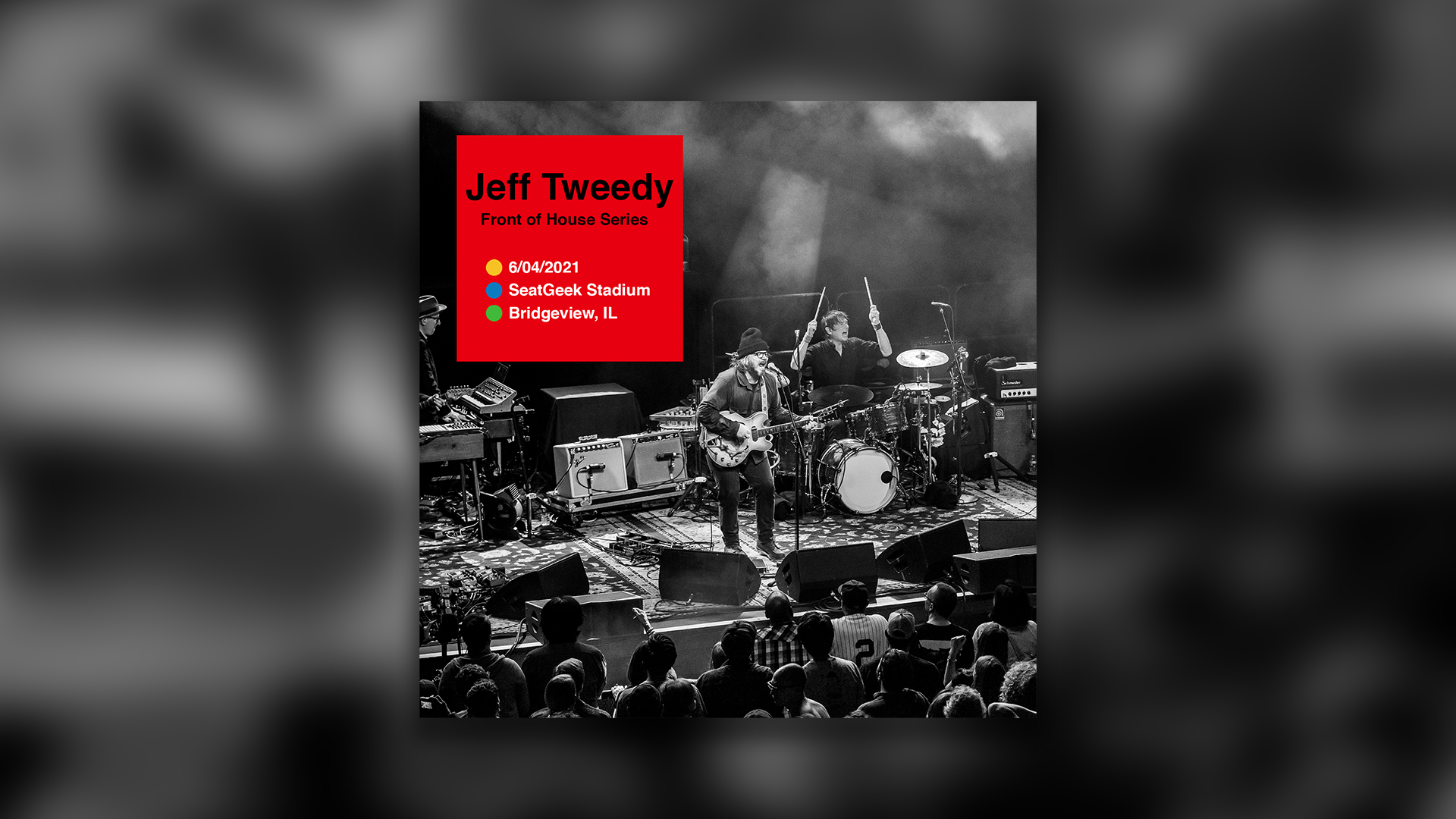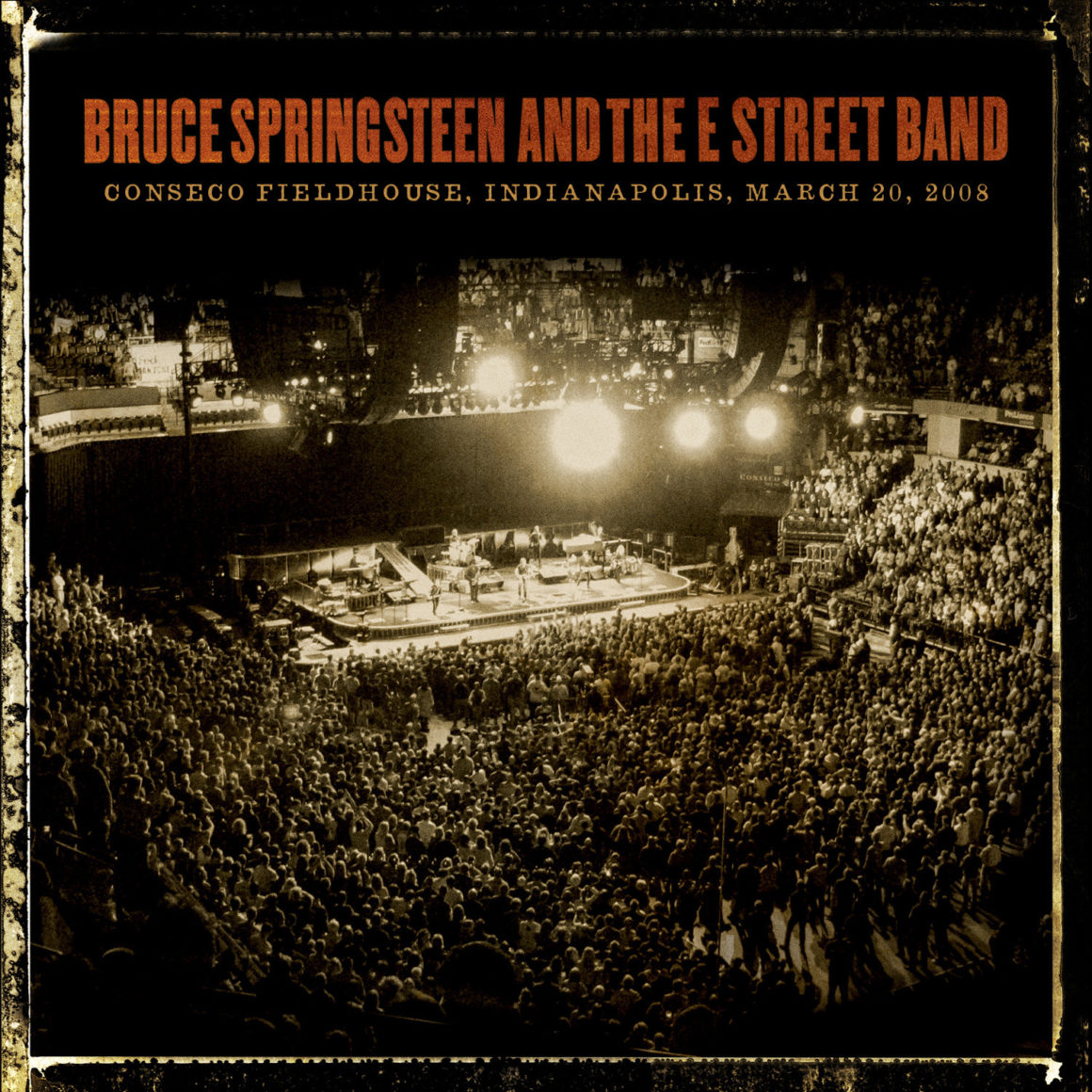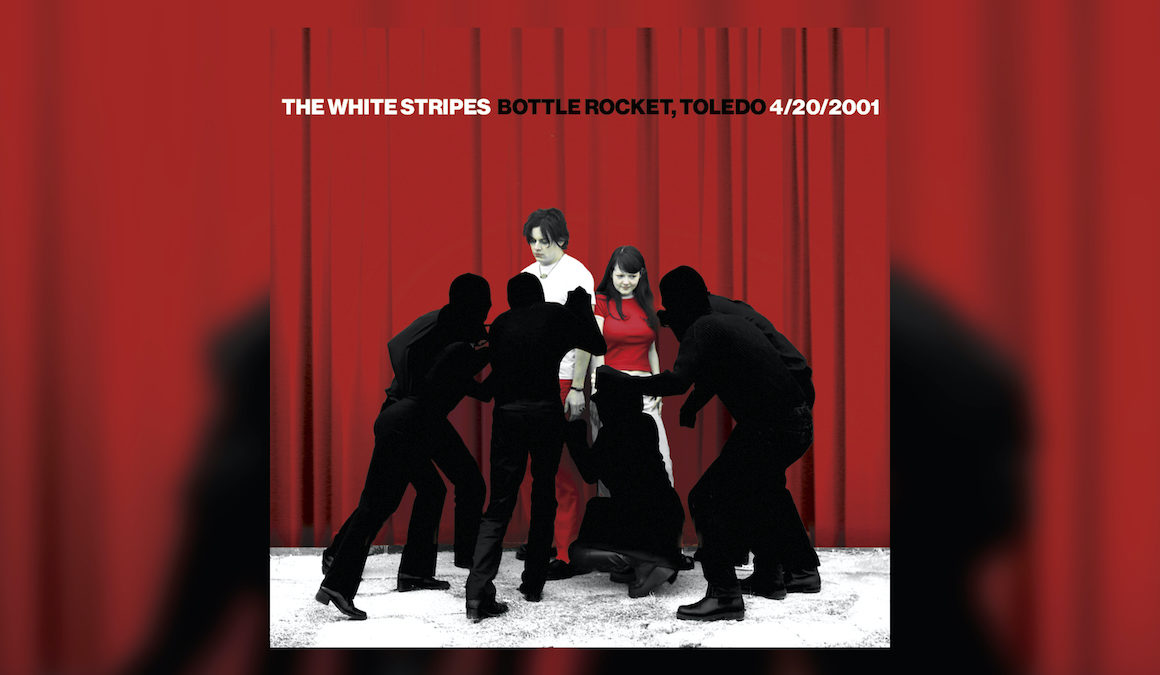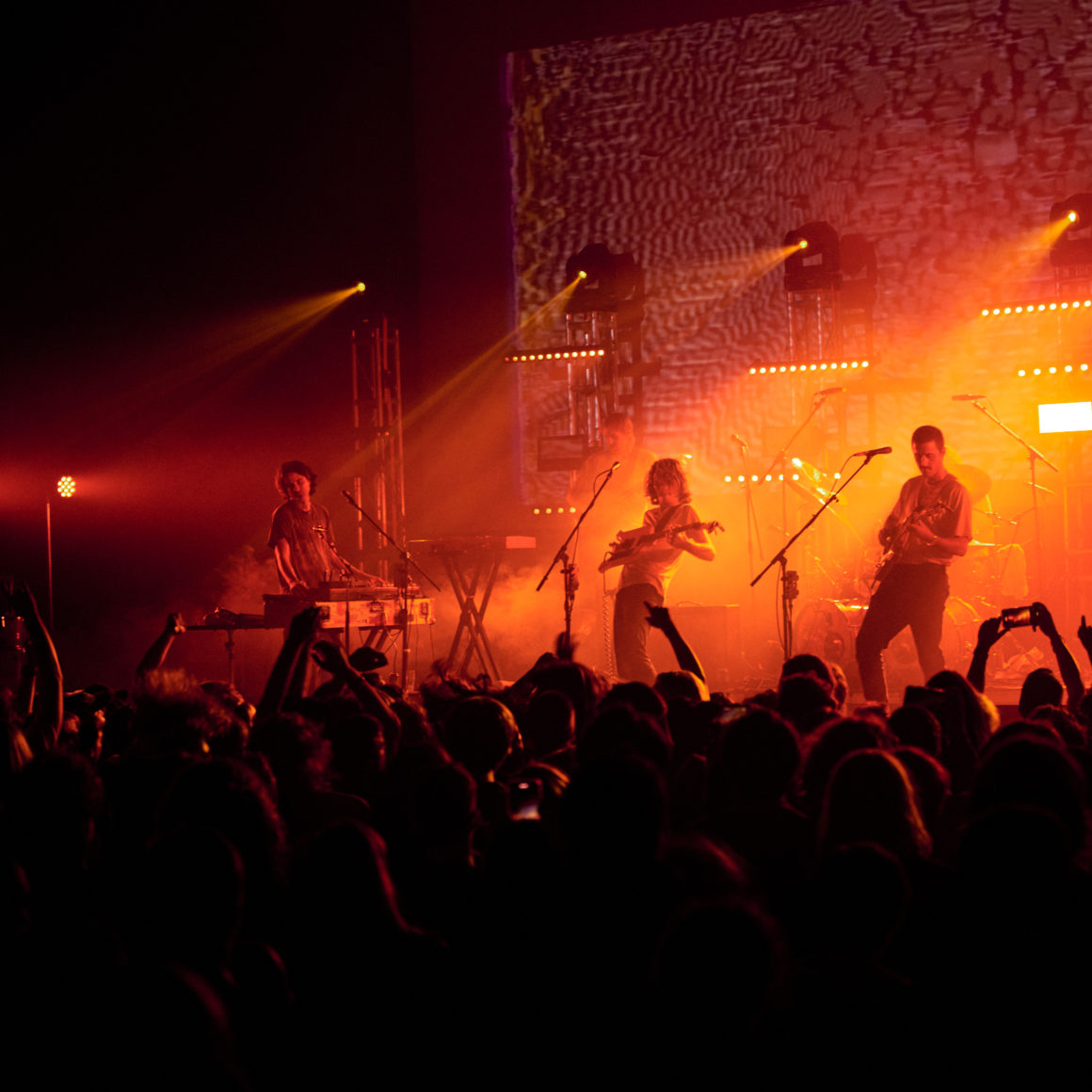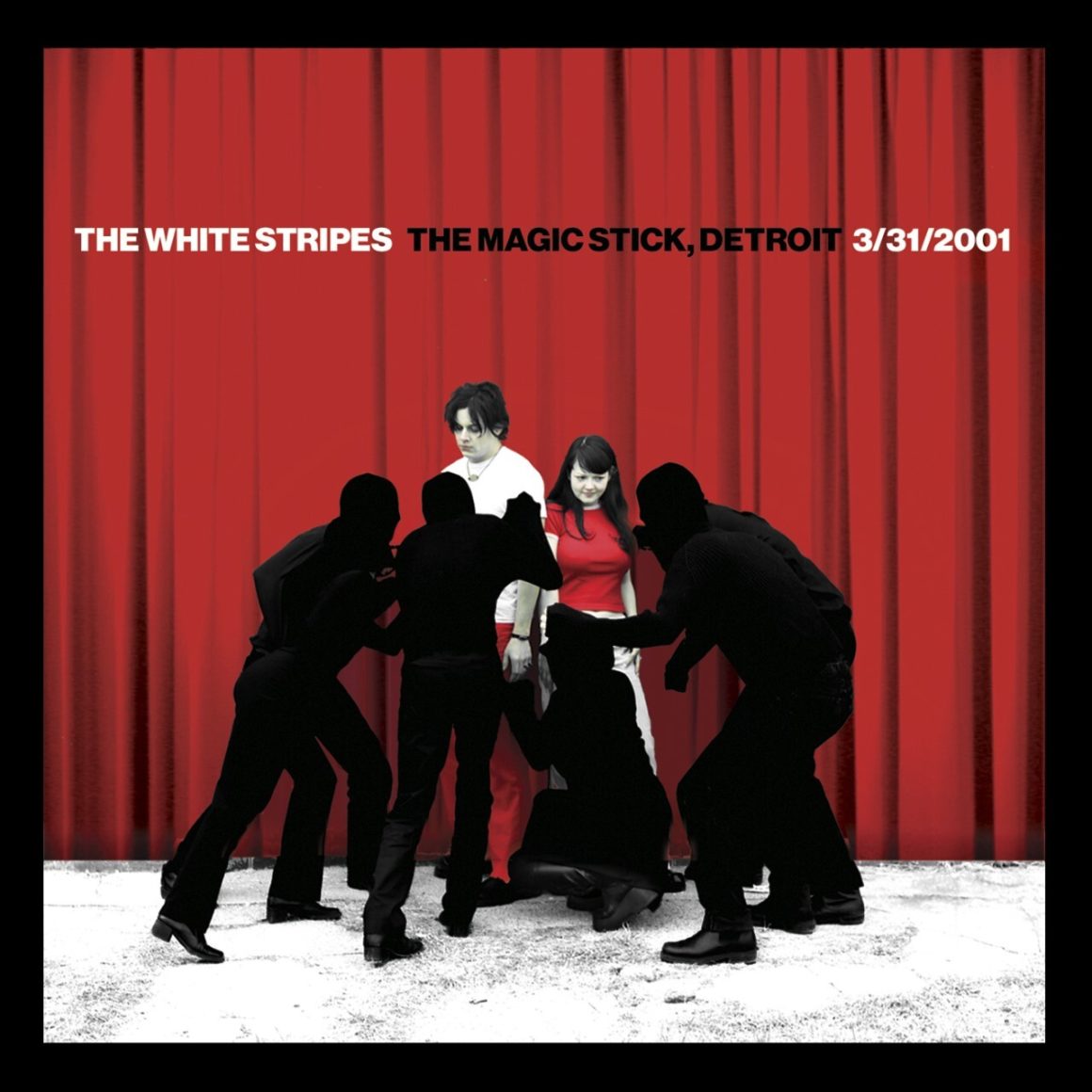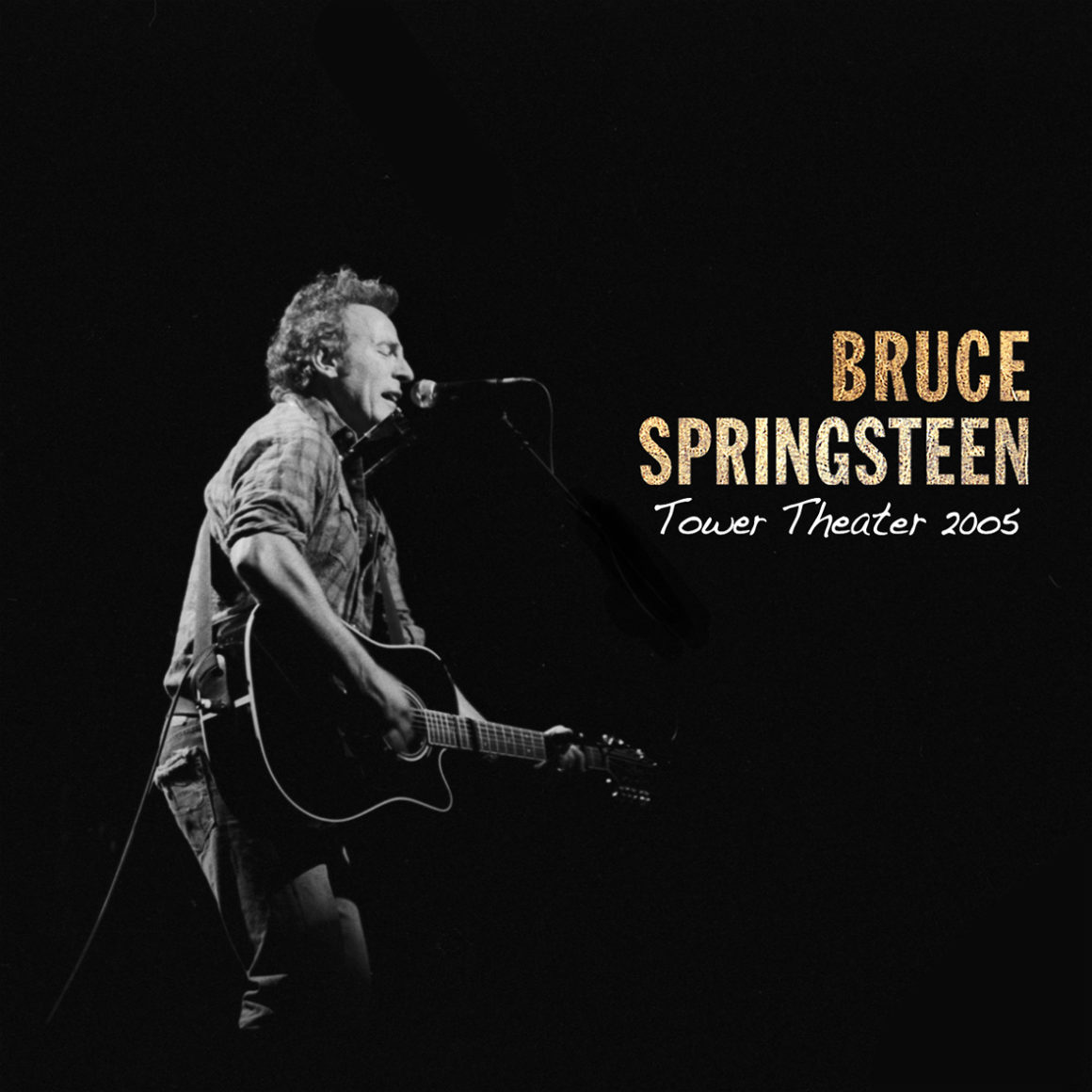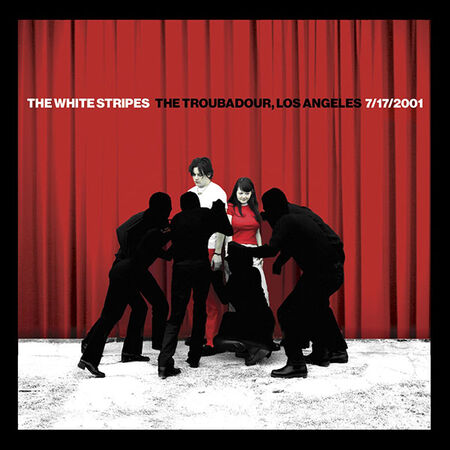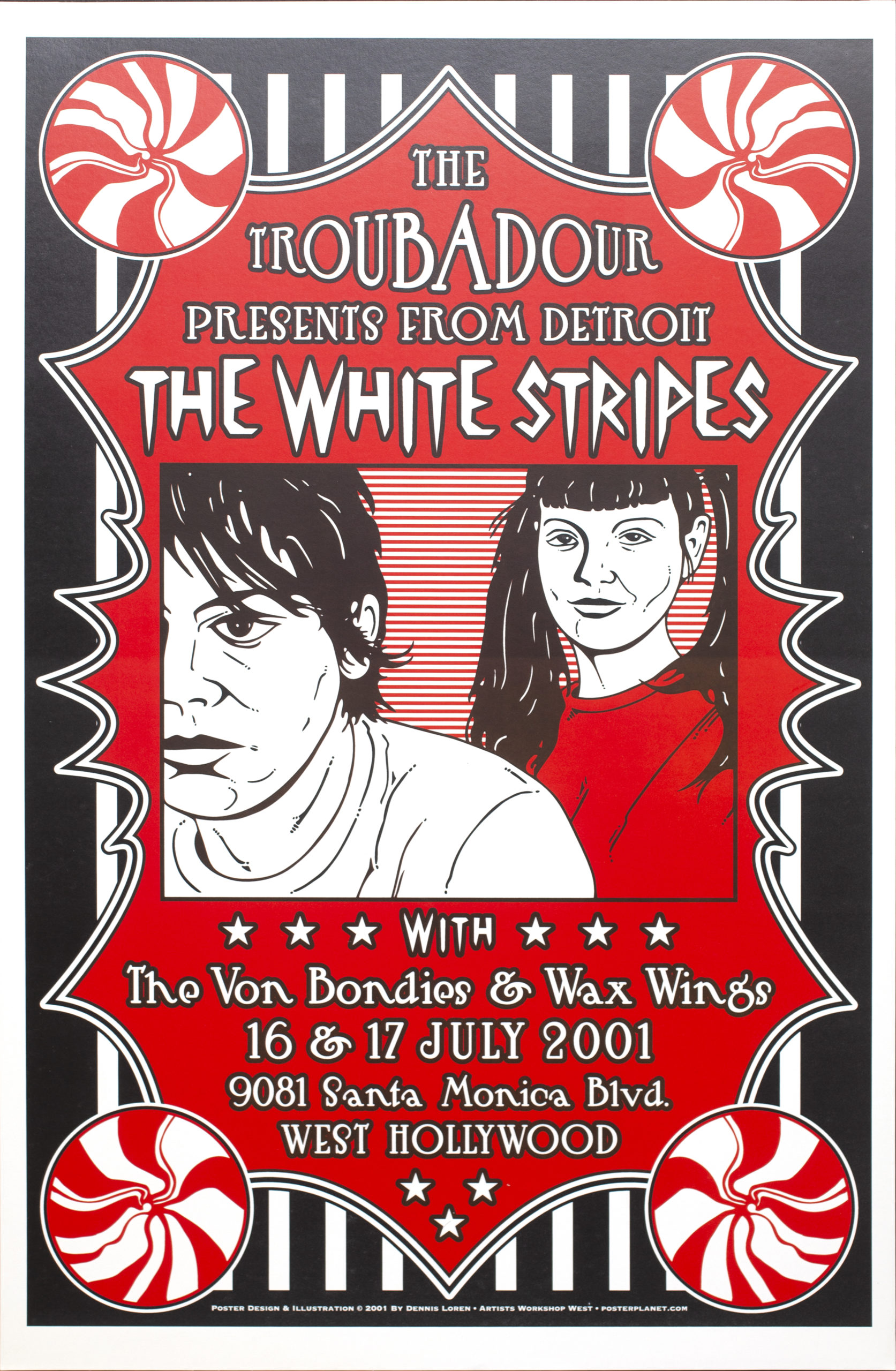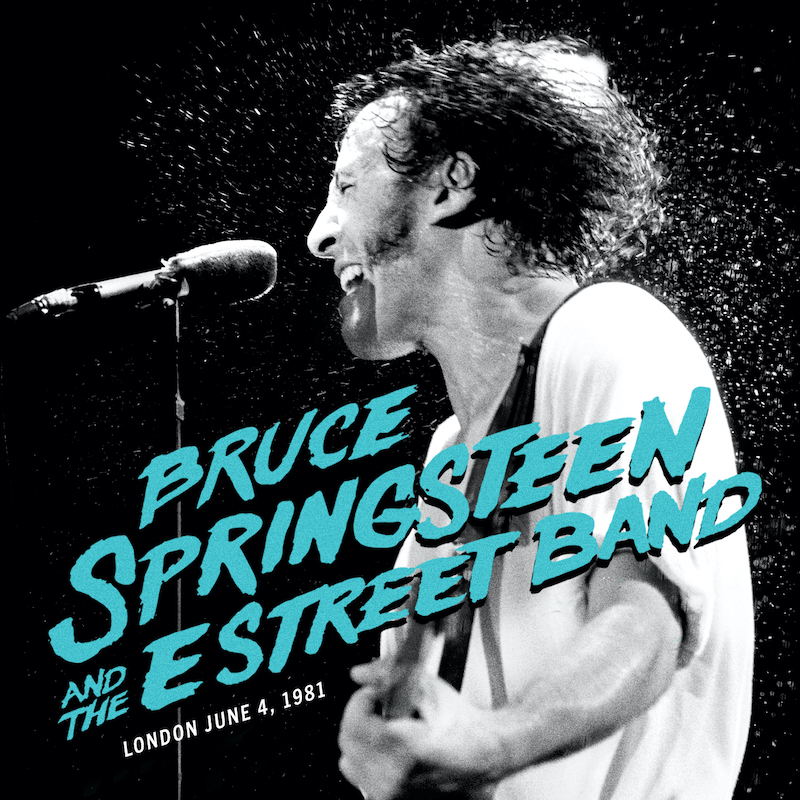
LISTEN NOW: Bruce Springsteen & The E Street Band, Wembley Stadium, London, June 4, 1981
It Takes One To Dream, But It Takes Two To Make A Dream Come True
by Erik Flannigan
When the River tour kicked off in early October 1980, Bruce Springsteen had been off the road nearly two years, save for the No Nukes concerts. He hit arenas that fall with 20 new songs from The River in hand; not surprisingly, Springsteen setlists grew in length to accommodate the bounty of fresh material. By late December, River shows were approaching three and a half hours, in part because the underlying structure of the set established on the Darkness tour remained fundamentally unchanged, albeit in a supersized edition.
After peaking with Bruce’s longest concert to that point on New Years Eve 1980, the River tour resumed in early 1981 and began to streamline. The number of songs from the double album included in the set also scaled back. By the time Springsteen hit Europe in April, opening night in Hamburg featured 24 songs, down from the 12/31/80 zenith of a whopping 38.
As the European tour proceeded, the tone of the shows began to sharpen, influenced by the perspective Bruce was gaining as he experienced life and culture outside of the United States firsthand. The books Bruce was reading—including Howard Zinn’s A People’s History of the United States and Alfred Wertheimer’s Elvis ’56: In the Beginning (An Intimate, Eyewitness Photo-Journal)—also shaped his creative outlook.
As he had done first with the inclusion of “This Land Is Your Land” at Nassau Coliseum in December, Springsteen was questioning American idealism and beliefs in front of fans in Europe who did not necessarily share the same values or background. Moreover, for all intents and purposes, European audiences had never seen him perform before and had no history but the present. The result was the most earnest Bruce Springsteen to ever take the stage.
The tonal shift in Europe ‘81 also manifests through the inclusion of new material. First came “Follow That Dream” in Paris; “Run Through the Jungle” in Rotterdam, “Johnny Bye-Bye” in Manchester; and finally “Trapped’ in London.
Three of those four remarkable songs are included on London 6/4/81, the fifth show of the six-night Wembley stand which features five tracks not performed on the previously released Archive title from 6/5/81. Multitrack recordings of the last three London shows are the only surviving professional documents to capture the distinctive, eye-opening spirit of Europe ‘81.
The show gets off to a banging start with the trio of “Prove It All Night,” “The Ties That Bind,” and “Out in the Street,” presented in a crisp, new Jon Altschiller mix that puts the listener in an appropriately intimate position for this deeply personal performance.
An extraordinary duo follows. Introduced simply as “a song that was originally done by Elvis Presley,” “Follow That Dream” is performed in a lump-in-your-throat re-arrangement that is equal parts Presley’s original, Roy Orbison’s “In Dreams,” and Bruce’s own mediation on faith. The E Street Band’s accompaniment is magnificently understated, with Roy Bittan’s piano and synthesizer poignantly accenting Springsteen’s haunted vocals. If one song sums up the sound of Europe ‘81, “Follow That Dream” is it.
From Elvis’ own song to a reflective tribute, “Johnny Bye-Bye” is performed with eleagic backing by the E Street Band supporting Bruce’s plaintive, heartfelt vocals. Before he plays it, Springsteen talks about the aforementioned book Elvis ‘56 and says the following about the artist captured in the book’s images, though he might just as easily have been saying it about himself: “When you look at him, when he was that young, he always seemed so sure of himself. He looked like he had some secret that he wasn’t telling nobody.”
The guitar sound is SO clear before the start of “Jackson Cage” you might think there was a secret guitar amp hidden in your room. Played as a request, this might be the best live version of “Jackson Cage” you’ve ever heard, and it is the first from the River tour to appear in the Live Archive series. Vocals from Bruce and Stevie Van Zandt lay it all on the line, and the song’s ending is particularly tasty.
The performance of “Trapped” is only the fourth ever, as Bruce’s reworking of the Jimmy Cliff original debuted the first night at Wembley. These early versions are nonetheless fully realized and ride an evocative synthesizer line as the song builds to its climatic choruses and a saxophone crescendo from Clarence Clemons. An August 1981 Rolling Stone article called it “a scintillating new song…reworked in the searing mode of Darkness on the Edge of Town.” The audience reception to “Trapped” is immense.
The first set continues, with “Two Hearts,” “The Promised Land” and “The River” marked by the kind of heightened lead vocals that are the hallmark of great shows. As “The River” ends, the spotlight turns to Roy Bittan for his chills-inducing “Once Upon a Time in the West” introduction to “Badlands,” which explodes out of the gate and never lets up. Marvel at the interaction between Bruce and Stevie starting with “Poor man wanna be rich, rich man wanna be king.” If you need to be reminded of the power of “Badlands,” your faith will be rewarded.
A warmly received “Thunder Road” closes this peerless opening set. If you weren’t fortunate enough to see a show in the intermission era, imagine how that Wembley Arena audience felt when Bruce says, “We’re gonna take a short break and come back to rock you all…night…long.”
Set two opens with an especially delightful “You Can Look (But You Better Not Touch),” again showcasing Van Zandt’s backing-vocal prowess. The feel-good onslaught extends to “Cadillac Ranch,” “Sherry Darling,” and “Hungry Heart.” On the last of these, the Wembley faithful acquit themselves impressively singing the first verse, perhaps drafting on experience from songs sung at football grounds.
“Fire” and a barnstorming “Because the Night” are exemplary versions that rank among the best of this era. The same can be said for the two classics that follow, neither of which appeared on the previous Wembley release.
“Racing in the Street” taps that aforementioned earnestness as Springsteen sings with simple, unaffected beauty in a reading defined by Bittan’s expressive and powerful playing. I have always presumed his work on “Racing” is what led Mark Knopfler to tap him to play on Dire Straits’ masterpiece Making Movies. The “Racing” outro here is sublime.
“Backstreets” on the River tour boasts a striking, minute-long instrumental introduction before the familiar piano refrain begins and we swell to Bruce’s memorable first line. You’ll hear Danny Federici’s organ appealingly high in the mix throughout the track, balancing Bittan’s continued virtuosity. “Ramrod” arrives to buoy our spirits, and “Rosalita” brings the house down, conquered and bloody happy about it.
The encore may look tidy and traditional, but like the rest of 6/4/81 it is delivered par excellence. We love it when Bruce’s vocals rise at the end of “Born to Run” on “Oh, oh, OH, OH, OH-OH-OH.” In the last song of the night, “Detroit Medley,” Springsteen tells the audience he’s out of gas, much to The Big Man’s dismay. In the end, and to no one’s surprise, Bruce goes the extra kilometer for what ultimately turns out to be a 15:25 tour de force that includes a quick detour to Memphis for “Shake” and “Sweet Soul Music.”
“Spotlight on me,” Springsteen shouts at the end of “Sweet Soul Music,” taking his place among the list of legends the song namechecks. After the masterful performance he and the band delivered at Wembley on the fourth day of June, 1981, he absolutely belongs on it.
LISTEN NOW: Bruce Springsteen & The E Street Band, Wembley Stadium, London, June 4, 1981























